I’ve been to Villa Escudero thrice – twice in the summer of 2004, and once this past summer. I don’t think I’ll ever tire of going. For me, my varied interests in Filipino culture, traditions, heritage, and secular and religious arts all manage to converge somehow in this place. In other words, it’s Akyat-Bahay meets SS-Files!
I first went there as part of my company’s departmental summer outing three years ago. Lots of families and companies do this all the time, and wind up taking photos not too dissimilar from these that I took of my colleagues.
A pair of plaques about the Villa, one in English and one in Pilipino, was also available for photographing
But were so murky and unintelligible that it was fortunate that a more recent and very readable marker was nearby.
My colleagues and I first went to the famous Villa Escudero Museum
whose façade is modeled on that old Franciscan Church in Intramuros, destroyed during World War II.
As photography inside the museum was forbidden, I had to content myself with even more shots of that beautiful façade
After spending the better part of the morning amongst the artifacts, it was time for lunch, which we all had at the estate’s famous open-air Filipino restaurant, where everyone is required to get his feet wet. (This is rather difficult to explain in words, so let me just say that one has to experience it first-hand to understand.)
Then it was time for the famous Villa Escudero post-lunch cultural program. But what my companions didn’t know was that I had slipped away from the group and made my way on foot (those carabao-drawn carts are picturesque but awfully slow) back to the museum. I had actually made prior arrangements with “management” to allow me to photograph inside; they had very kindly agreed but only if I would do so in the afternoon, when hardly anyone else would be there anyway so that they could shut down the place just for me and no one else would mind.
So like a child in a candy store, I shot away.
The first museum piece that struck me earlier in the day when I first entered was a most unusual, rather oversized, processional image of Christ from a tableau of the Fall of Christ. This is attributed to the famous master Irineo Cristobal, and dates from the early post-war period (i.e., the late 1940’s to the 1950’s).
I don’t have photos of the full tableau, and have not even seen it yet, but just the Christ figure is remarkable enough, as it is so artlessly and gracelessly posed, unlike the more “elegant” fallen Christs up and down these islands.
But the maladroitness of this Christ is made up for by its golden slippers!
And by the fact that it is, after all, still by Irineo Cristobal.
The interior of the museum is really laid out like a church so it isn't just the façade. Holy Week processional carozzas are lined up from main entrance to altar area, as if ready to be brought out in a real procession, every day, all year-round, except ironically during Holy Week, when they're transported to the town proper of San Pablo, Laguna, for the actual Holy Week processions.
Among the tableaux and images on offer is that of Saint Peter:
whose boat-shaped metal carroza was made for its owners (townmates and friends of the Escudero family) by Mr. Kiko Vecin (also a close friend of the Escuderos and their virtual in-house religious image restorer and maker).
There’s also a Christ Before Pilate,
And a Transfiguration
whose garments unfortunately were not supplied by the Vecin Workshop, thus wasting the beauty of the images. But that pink sayal is just so fetching! Not.
An antique Agony in the Garden had been acquired by the Escuderos from the Vecin Collection some years ago.
And, for the purposes of the museum’s year-round display (though presumably not for the actual Holy Week processions), is mounted on an antique silver chariot-style carroza, just one of several from the Escudero collection.
Earlier this year when I returned to the museum, this image was no longer on a carroza but was instead positioned right next to the Irineo Cristobal Fallen Christ, allowing me to photograph it more closely.
An unusual antique Nazareno is also available for beholding.
It is mounted on an even more unusual oval-shaped silver carroza, reputedly the original vehicle of the Quiapo Black Nazarene, sold to the Escuderos some decades ago when the church had to raise funds to pay for much-needed building repairs.
Nearby is the processional image of the Dolorosa of San Pablo
on what I feel is a rather garish-looking carroza
and with an equally opulent estandarte.
By the altar area is staged San Pablo’s Last Supper processional tableau, owned by the Potenciano family and displayed in the museum year-round.
The images (obviously not from Irineo Cristobal, reportedly from a Paete carver) are unfortunately rather folksy-looking.
And the Walt Disney / Seven Dwarves –style garments don’t help at all.
At least Judas appears to be taking his sinister role rather seriously nonetheless.
A most impressive tableau is The Descent from the Cross, another Irineo Cristobal masterpiece from the early post-war period.
The beautifully-carved and -painted and lavishly-dressed and -accessorized supporting figures are rightfully impressive.
But the deathly pallor of the very realistic Christ figure is scary and moving.
The image of the Dolorosa in this tableau has a beautiful set of ivory head and hands, but in my view is ruined by the garish and overly-large dress with hammered-silver ornaments.
But despite these very impressive aforementioned tableaux, for me, nothing beats the Escuderos’ stately and imposing calandra of the Santo Entierro.
Originally a processional calandra in pre-war Santa Cruz, Manila, it was acquired by the Escudero family some years back from their relatives the Quiogue family, and reconstructed from several original parts and accessories that had been in storage for many decades.
In detail, it is rather overdecorated and loud for my taste, whereas I believe that a calandra needs to look somewhat muted and simply-decorated. However, I’m willing to overlook these faults because it is so long and tall – large calandras always impress me. (Okay, so call me morbid. But you don’t have a calandra like this one, and neither do I. Ha ha.)
Its sayal area goes up to over five feet tall, and the floor of the calandra where the image of the (rather small in relation) Dead Christ lies is well over six feet above ground. And the only possible way to photograph the whole vehicle is from the gallery above.
We pause here to rest our overwhelmed eyes and minds, and prepare to continue our museum tour in a little while.
arcastro57 wrote on Aug 3, '07
I peeked! Well, it will be my 1st time to go to Villa Escudero this Aug. 12, so I am sure I'll go crazy...
|
jayroberto wrote on Aug 3, '07
VIP talaga si LEO CLOMA.
|
alegria2007 wrote on Aug 3, '07
ganda po, tito Leo! sayang, di po ako makakasama
|
jvlian wrote on Aug 3, '07
makikita ko din yan bwahahahaha
|
marvinne wrote on Aug 4, '07
iba talaga si LEO...
lahat ng bawal kaya nyang gawing Pwede!! hehehe.... |
friendsofsanroque wrote on Aug 8, '07
:)
|
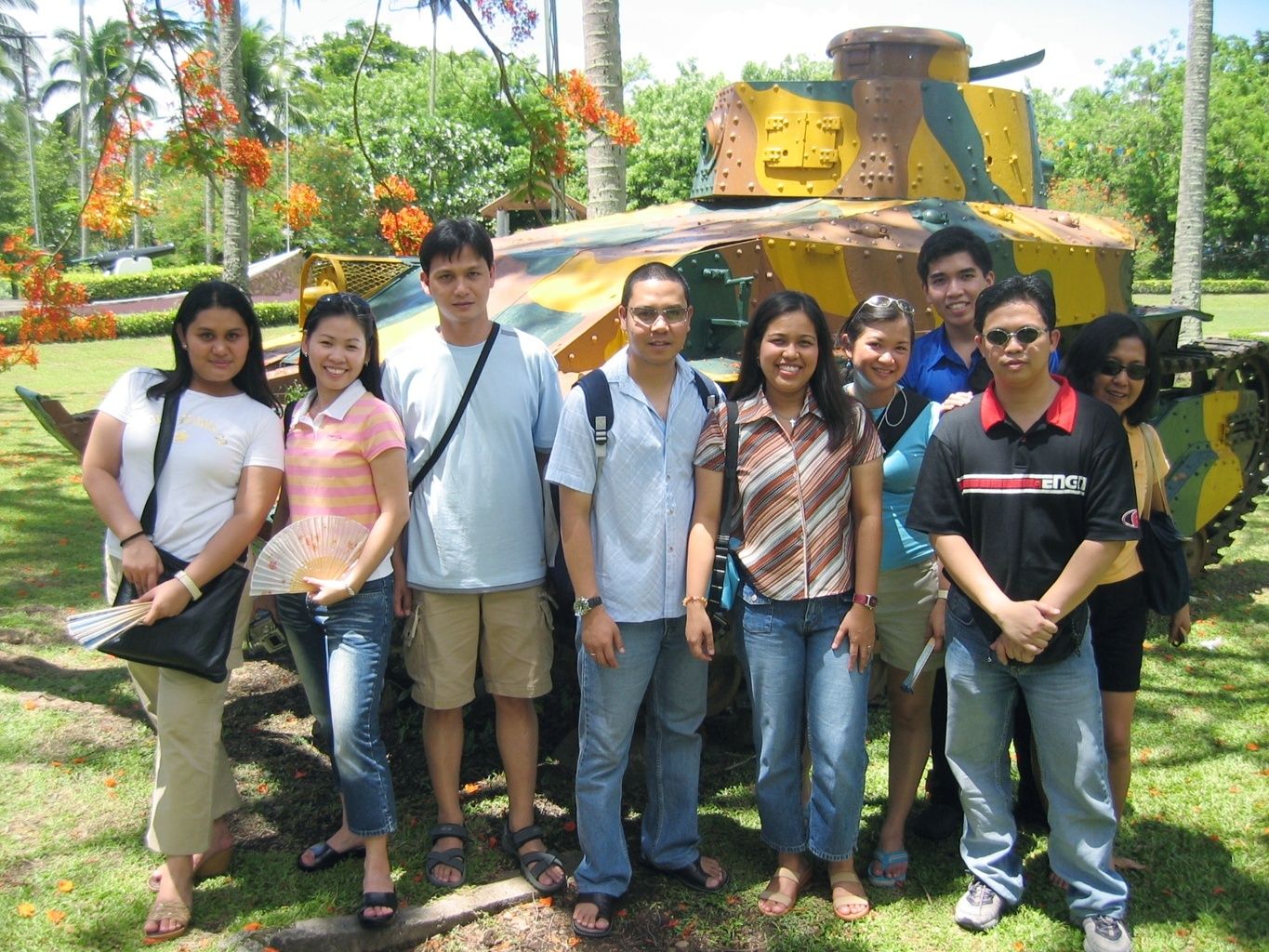
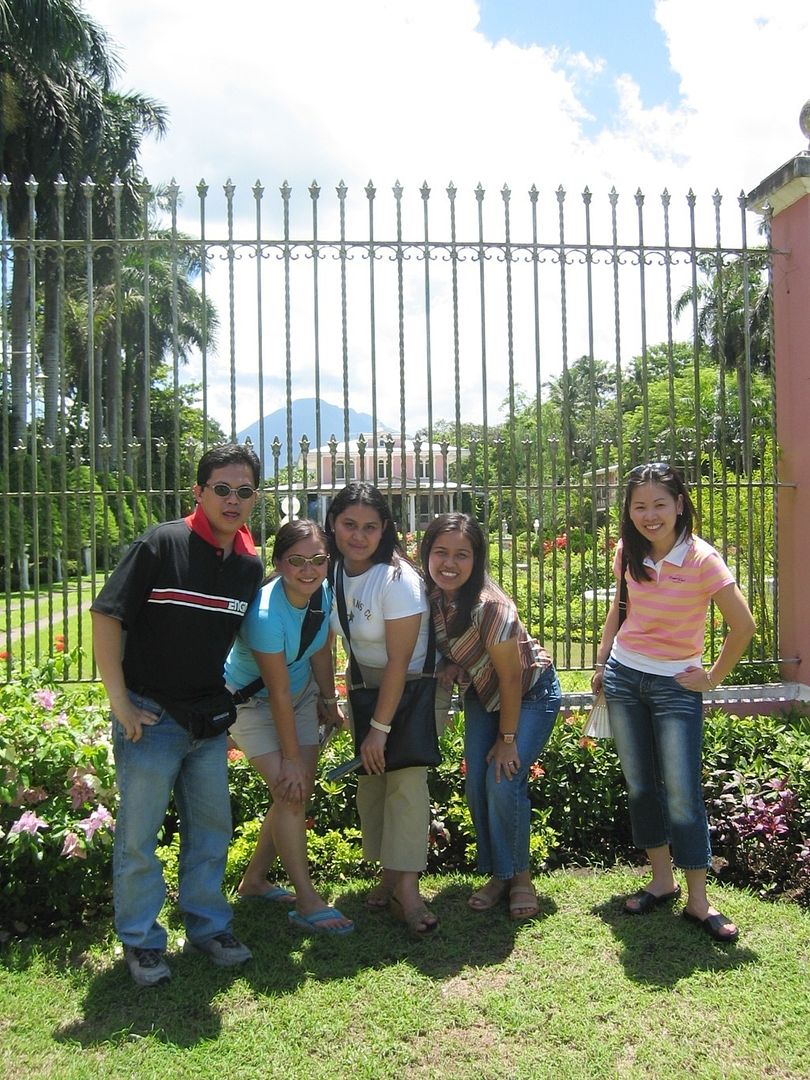
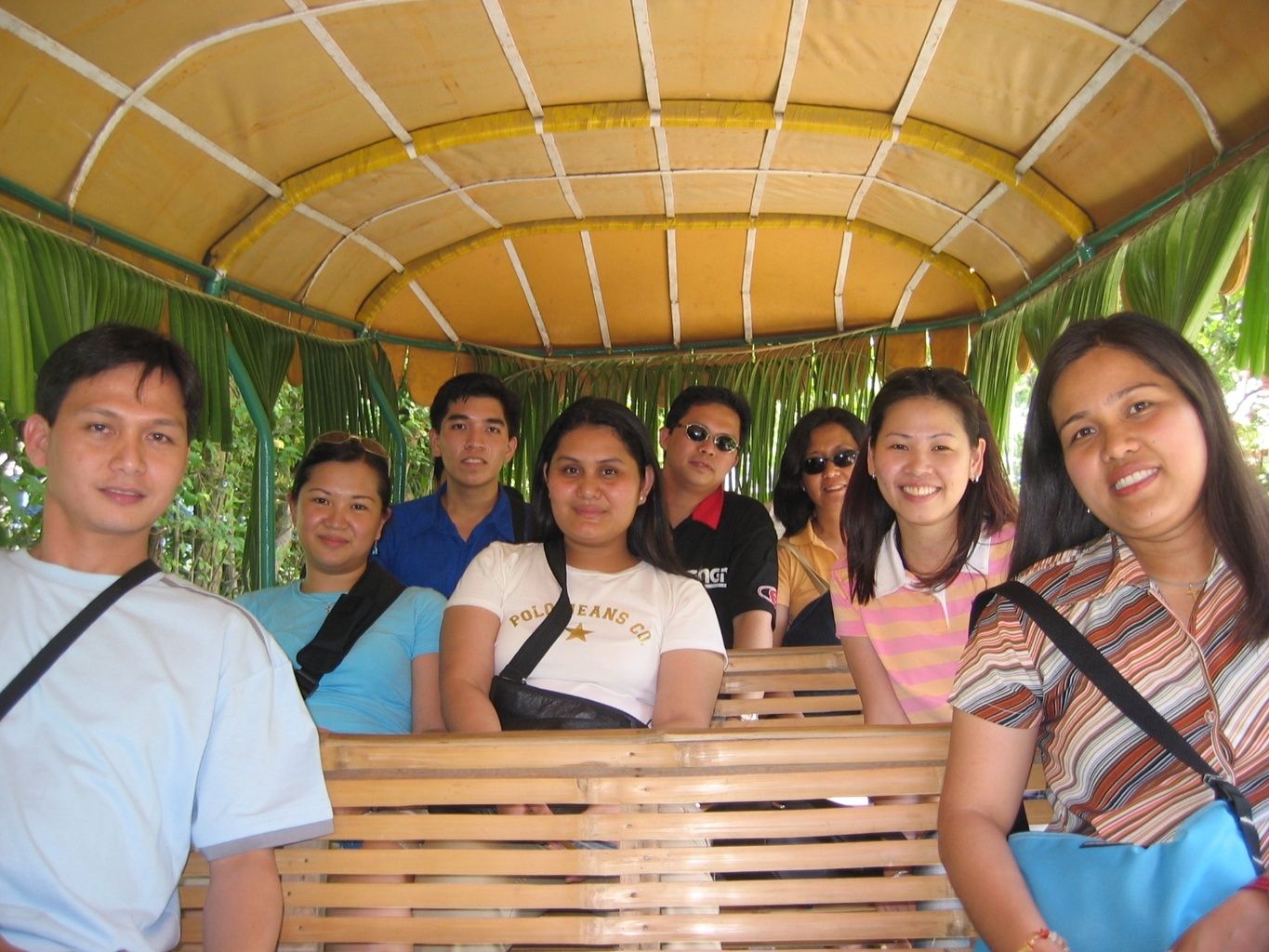
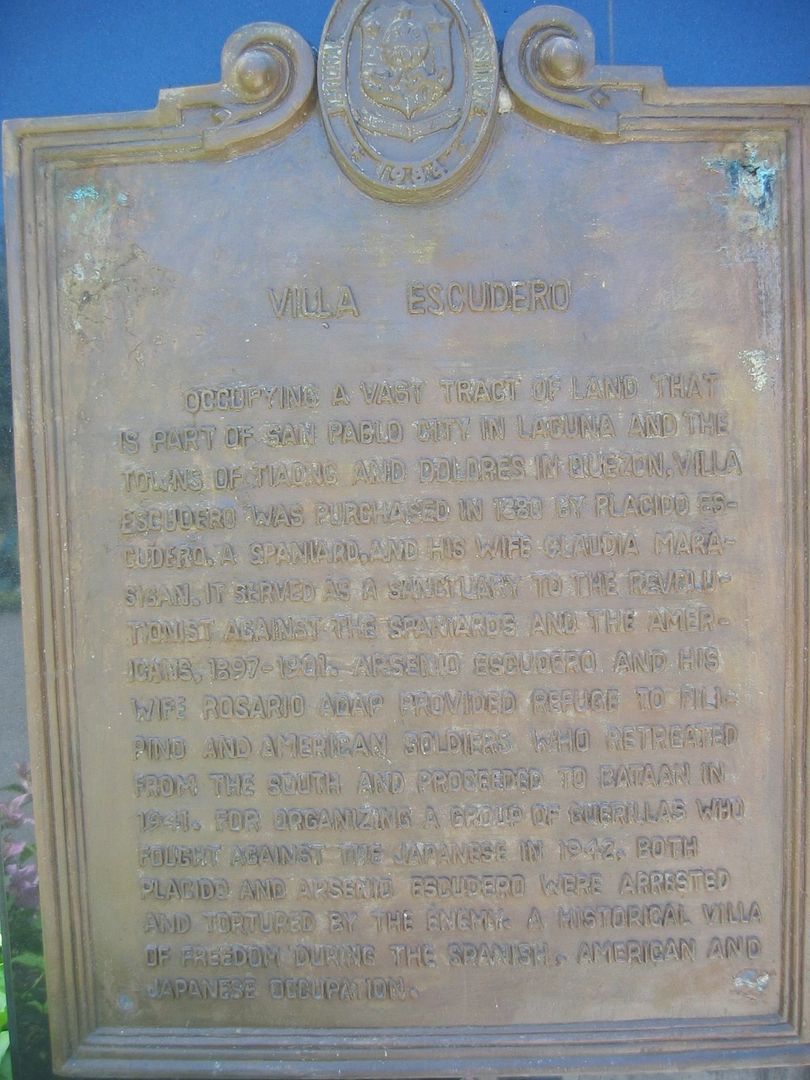
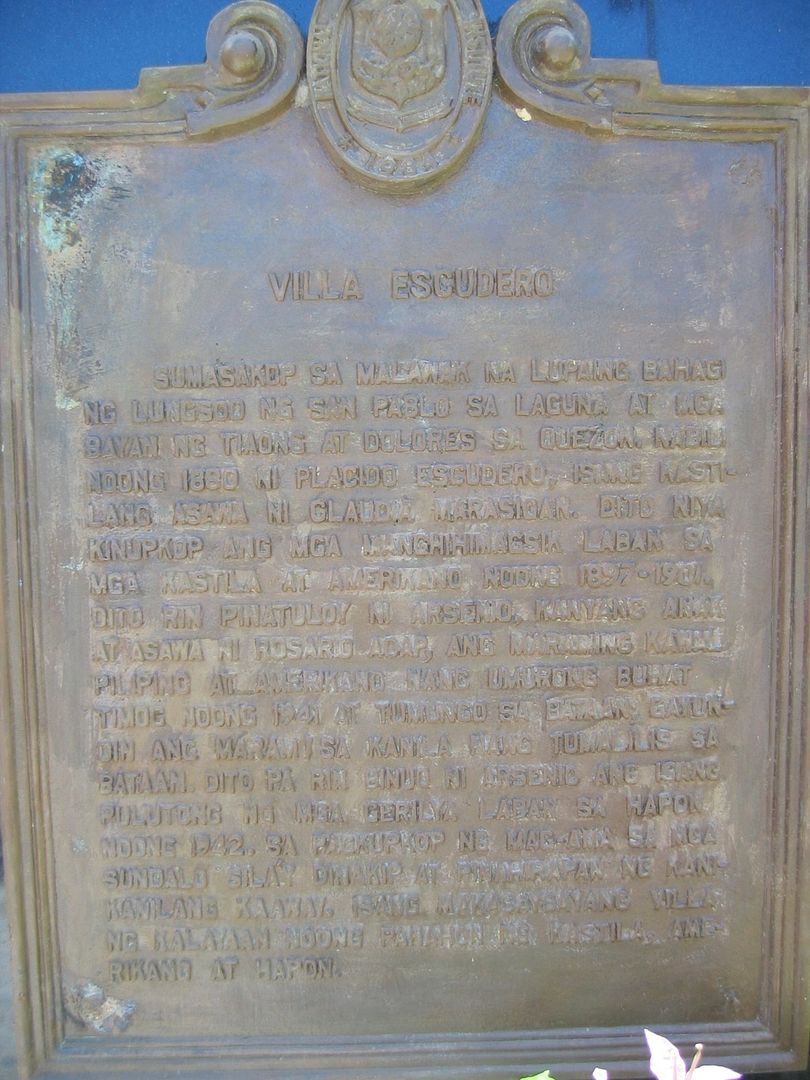
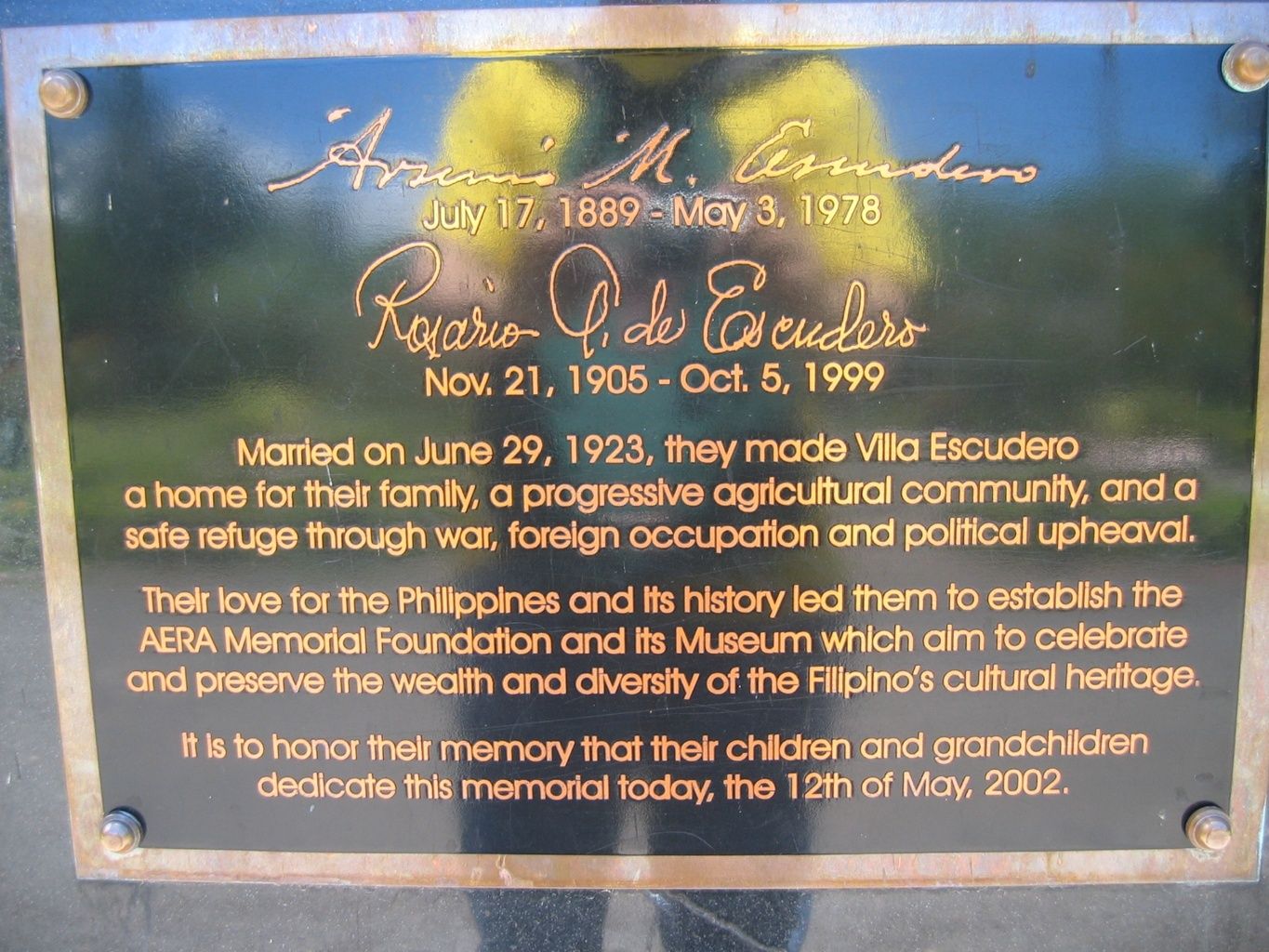
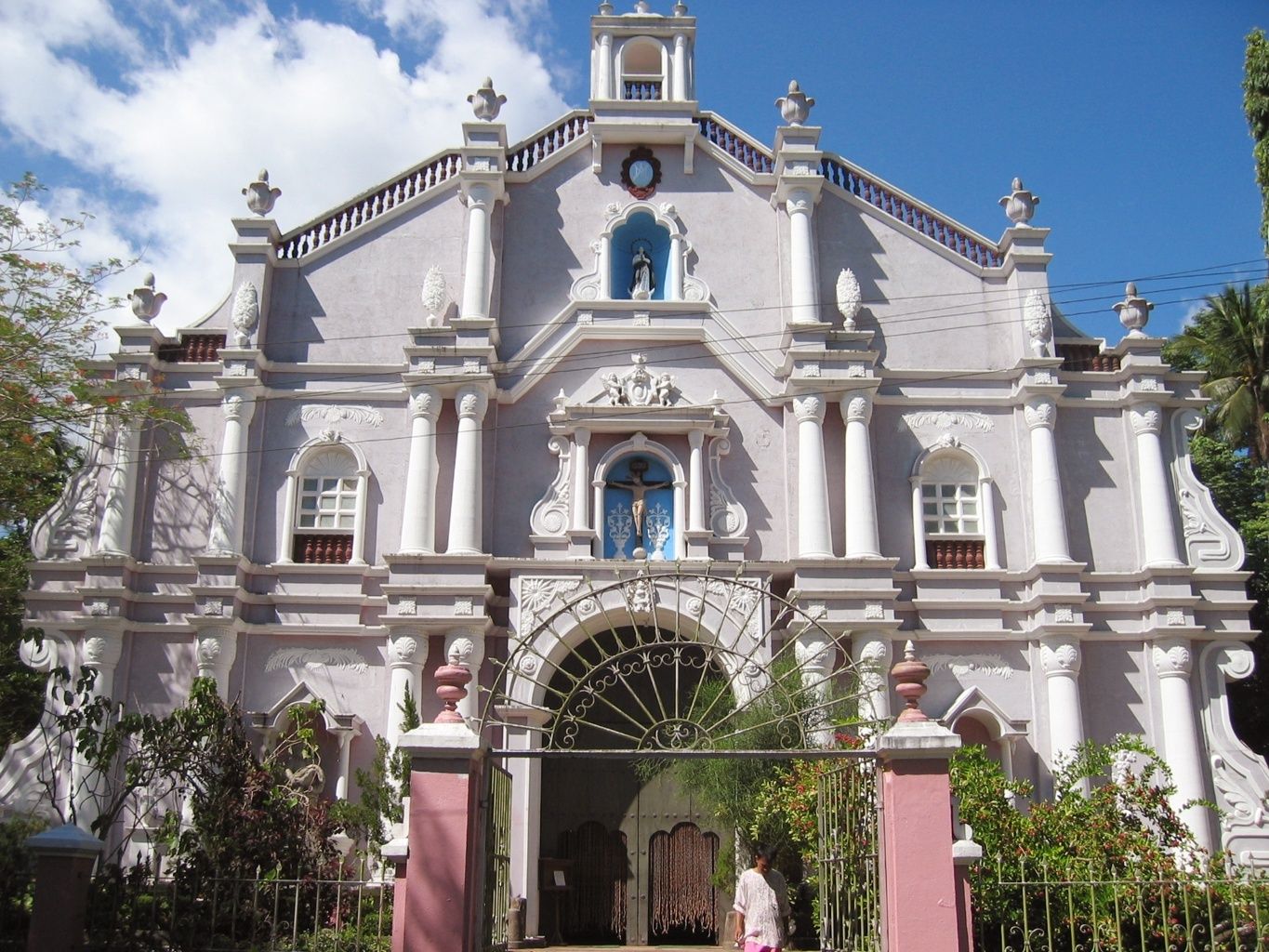
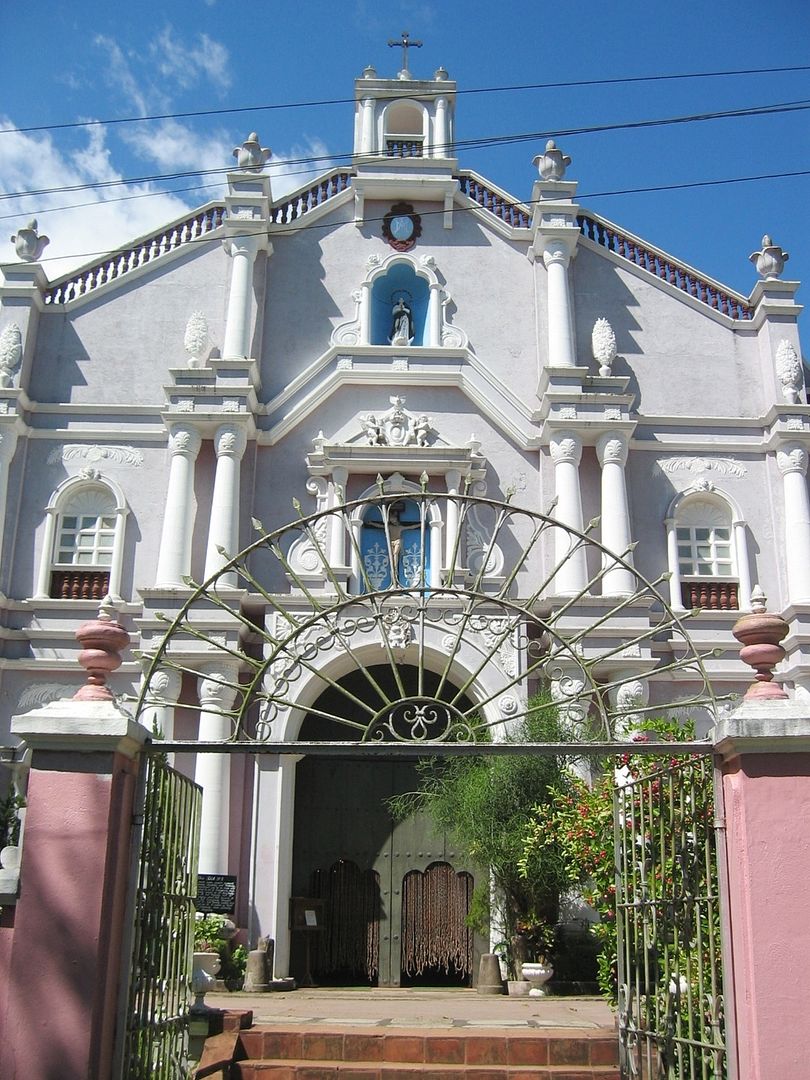
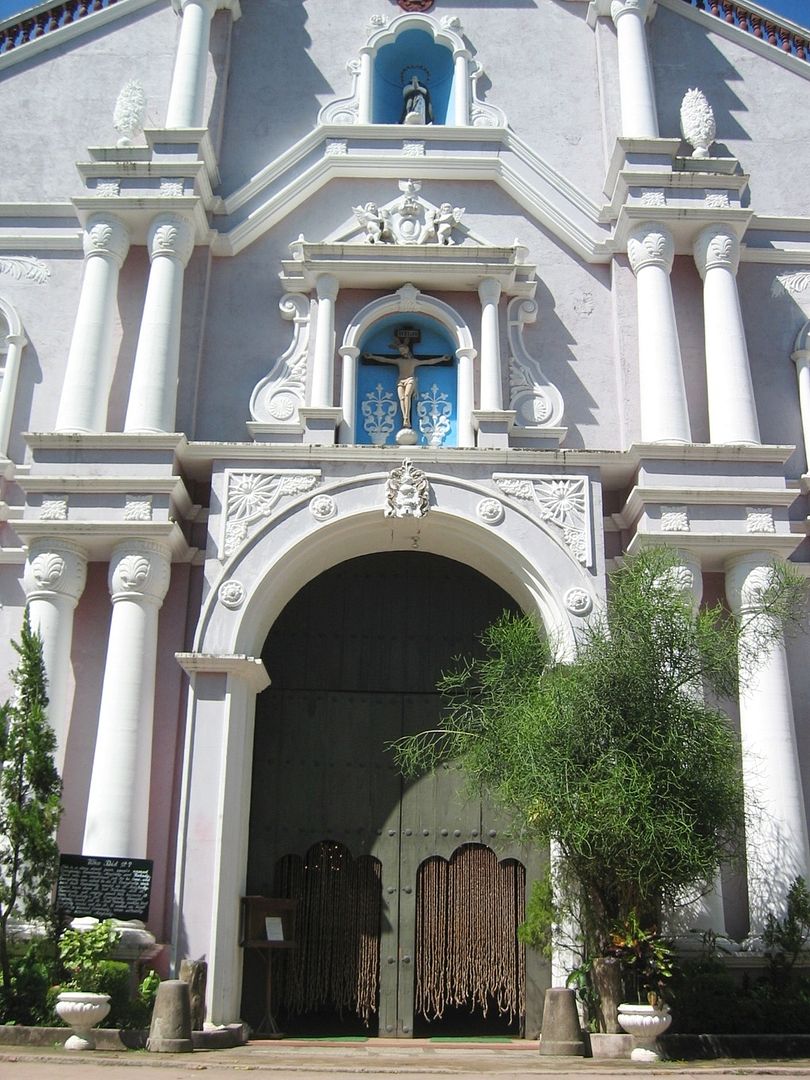

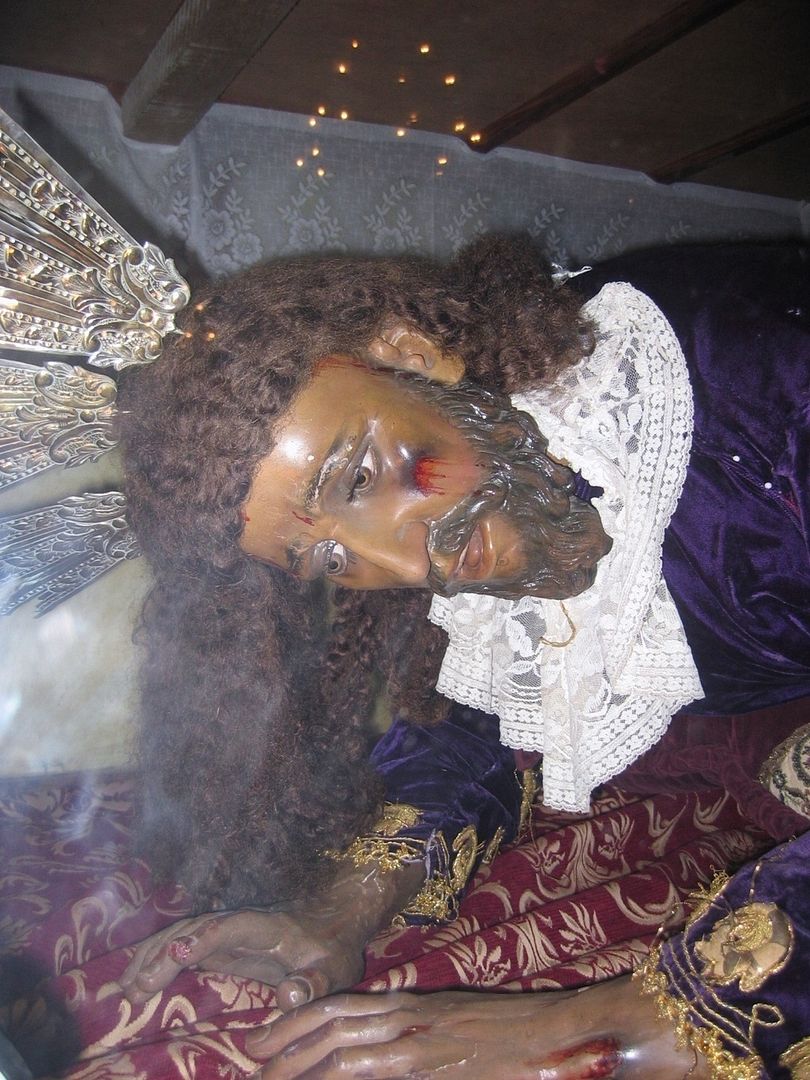

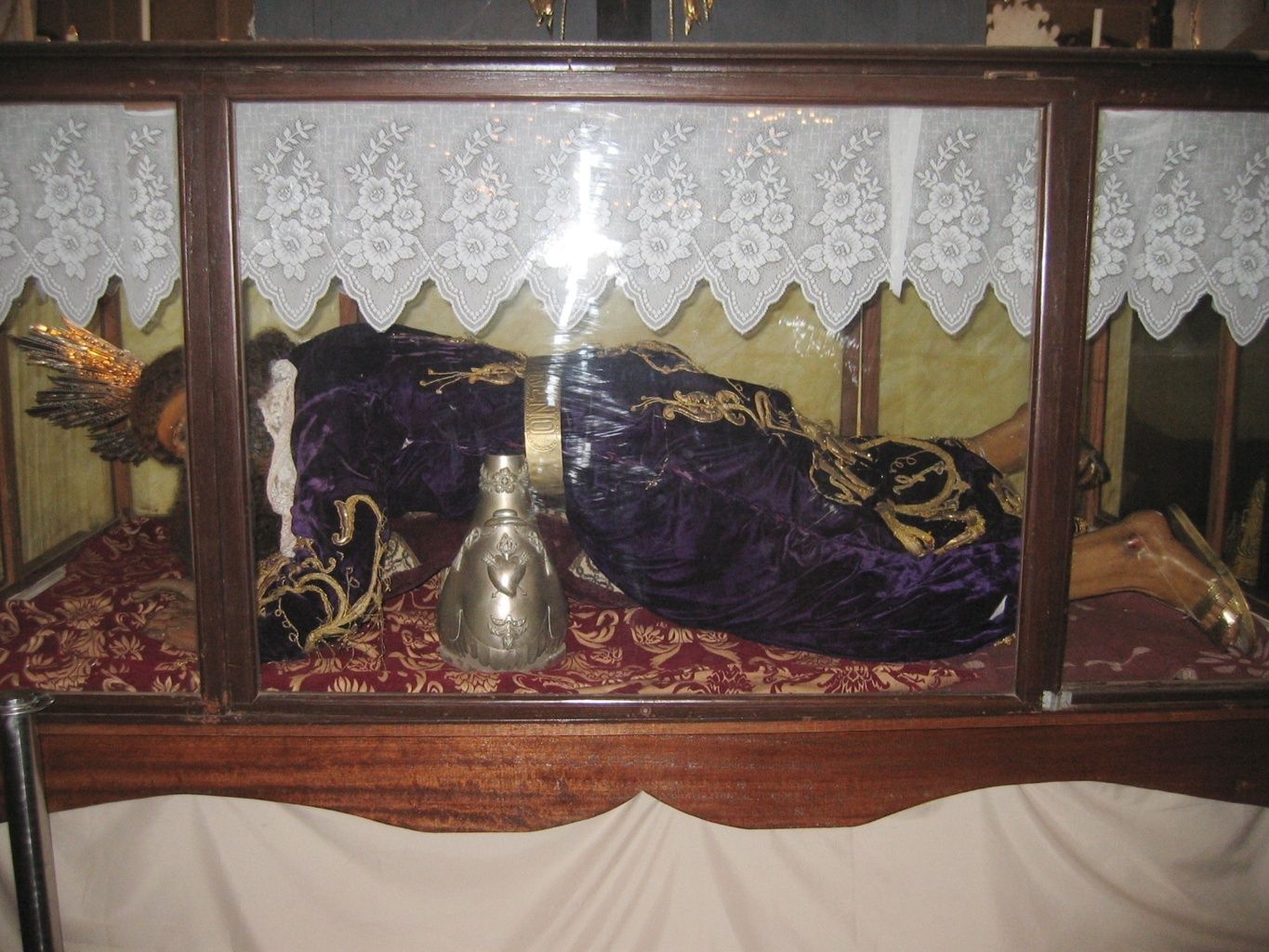
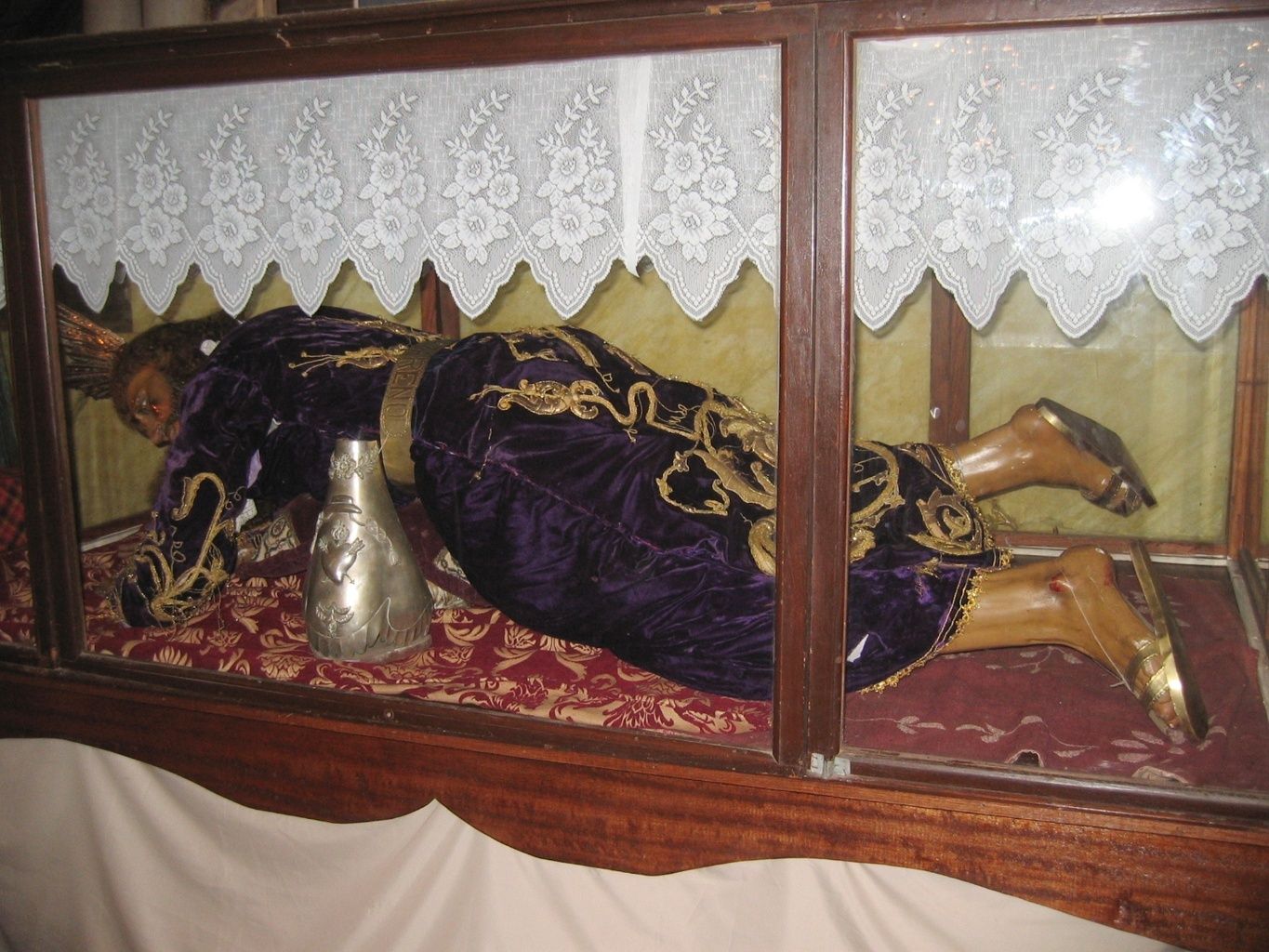
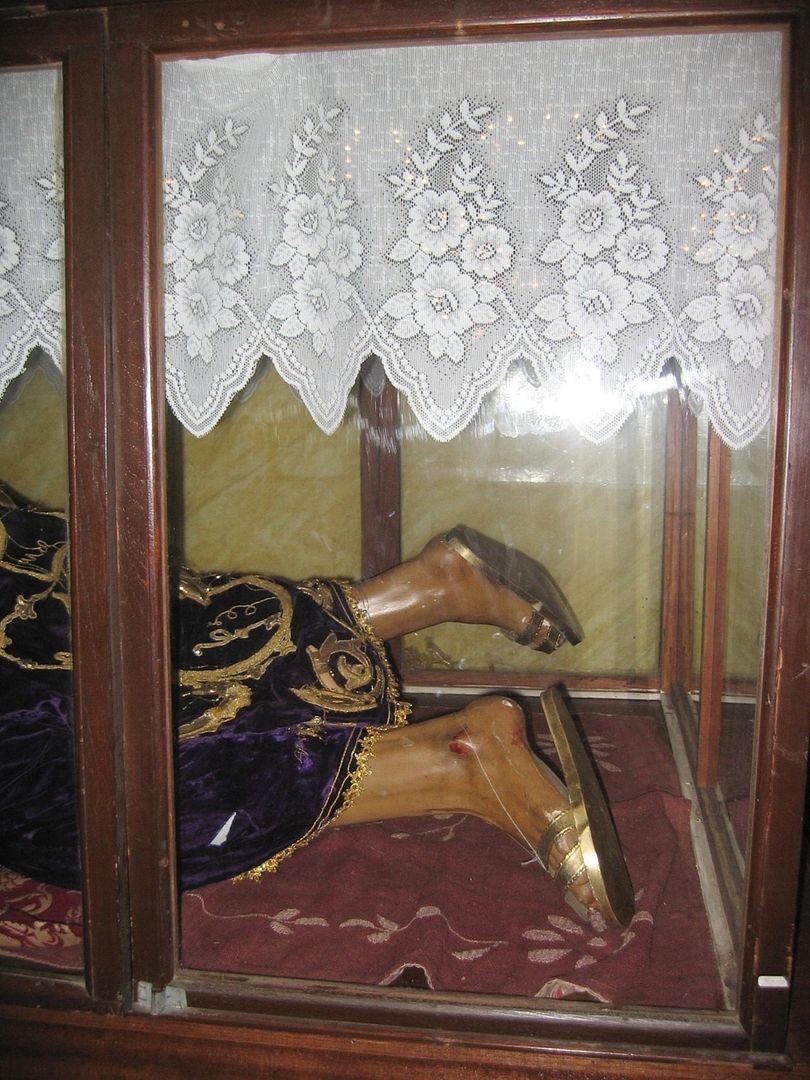
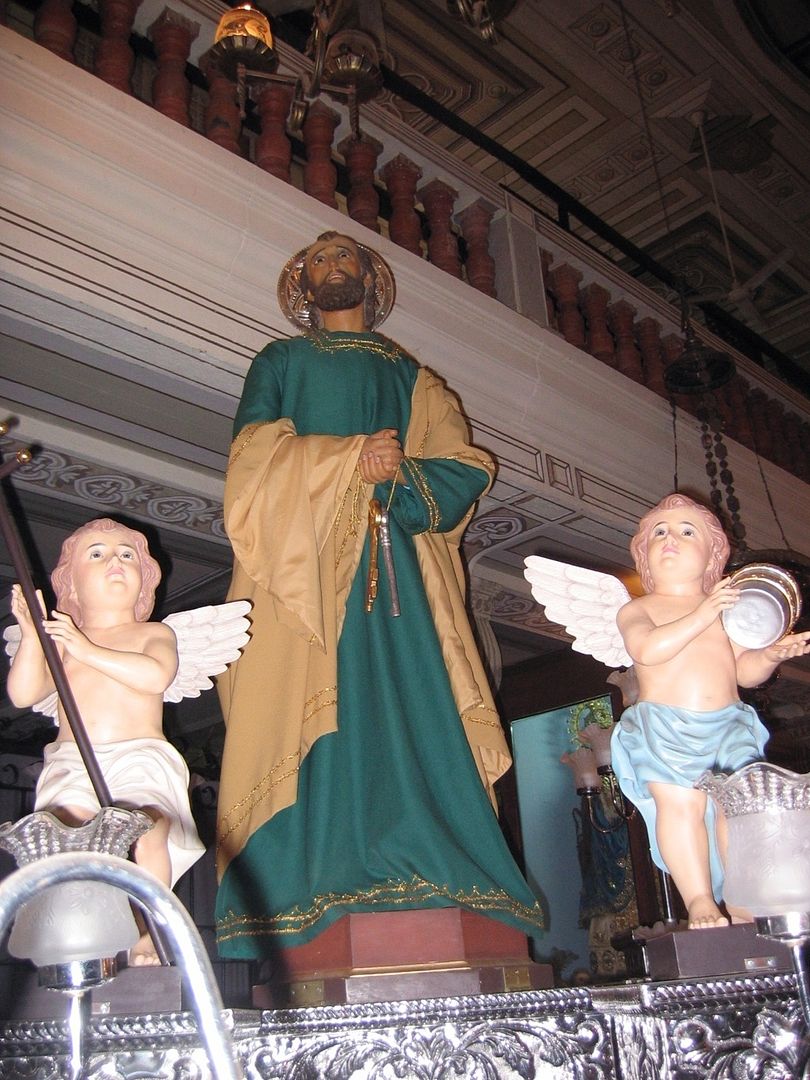

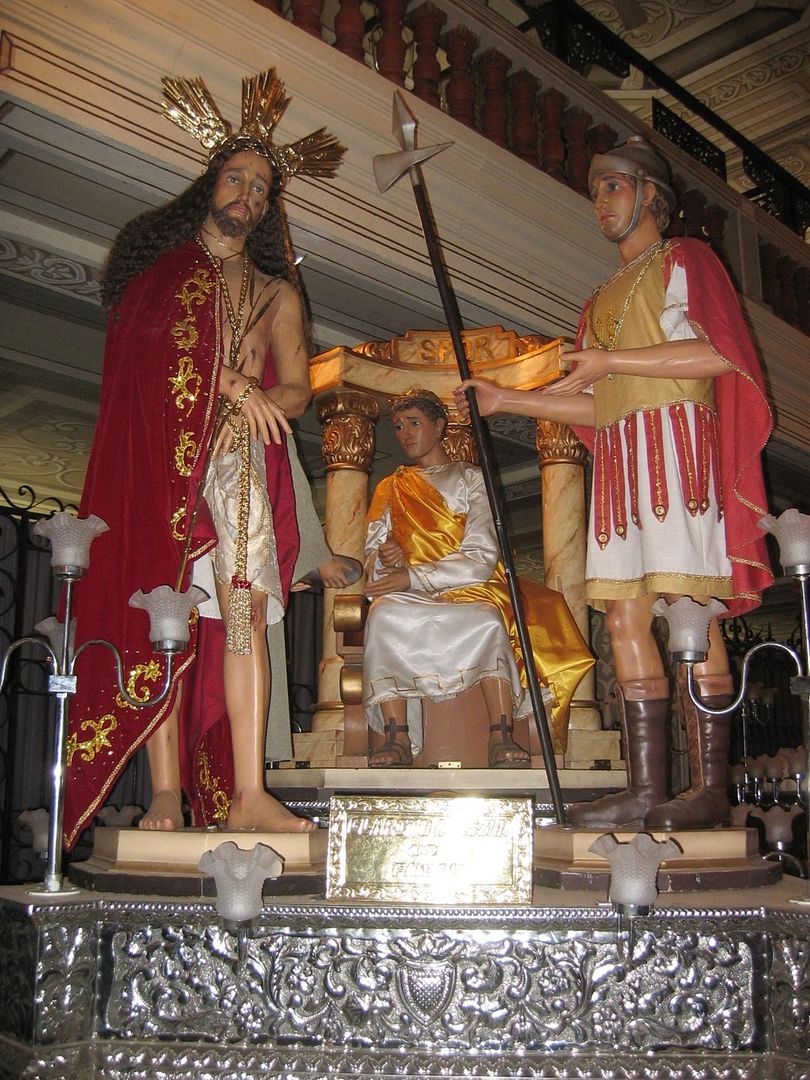

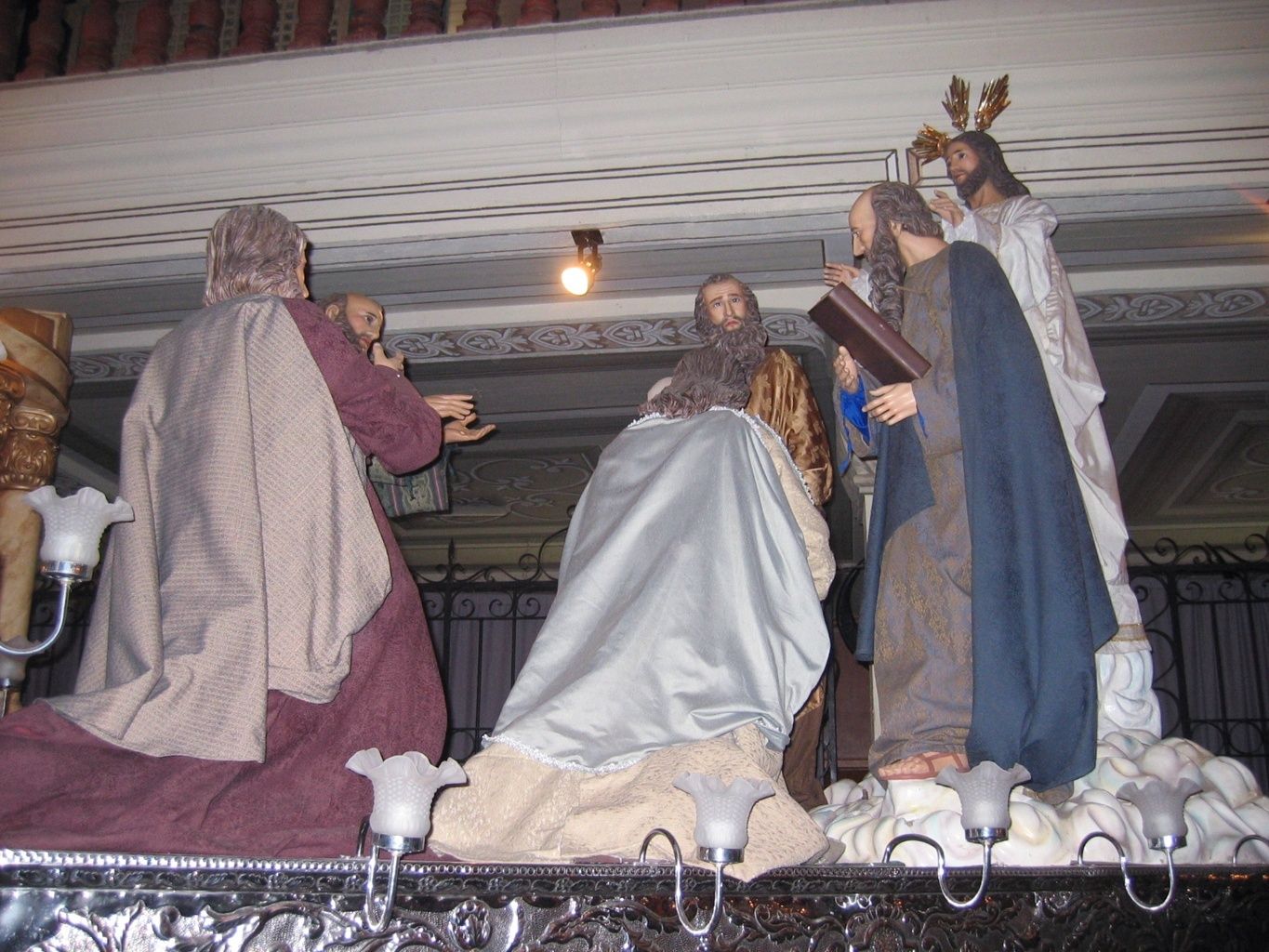

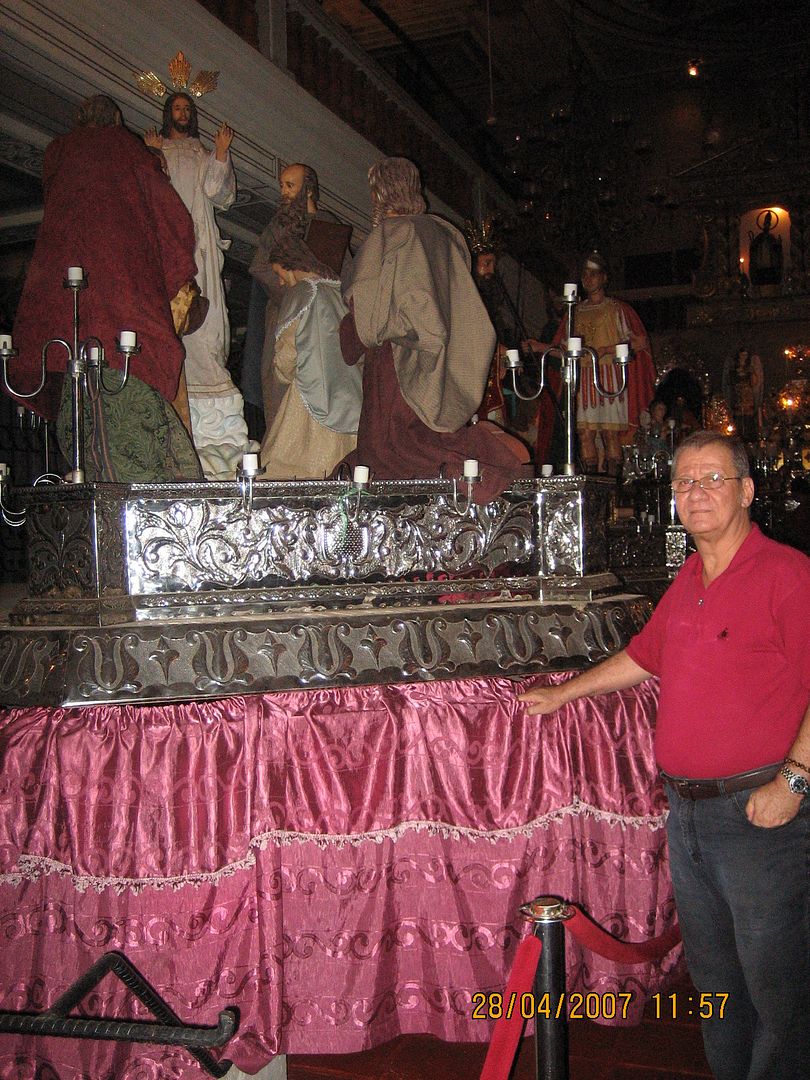
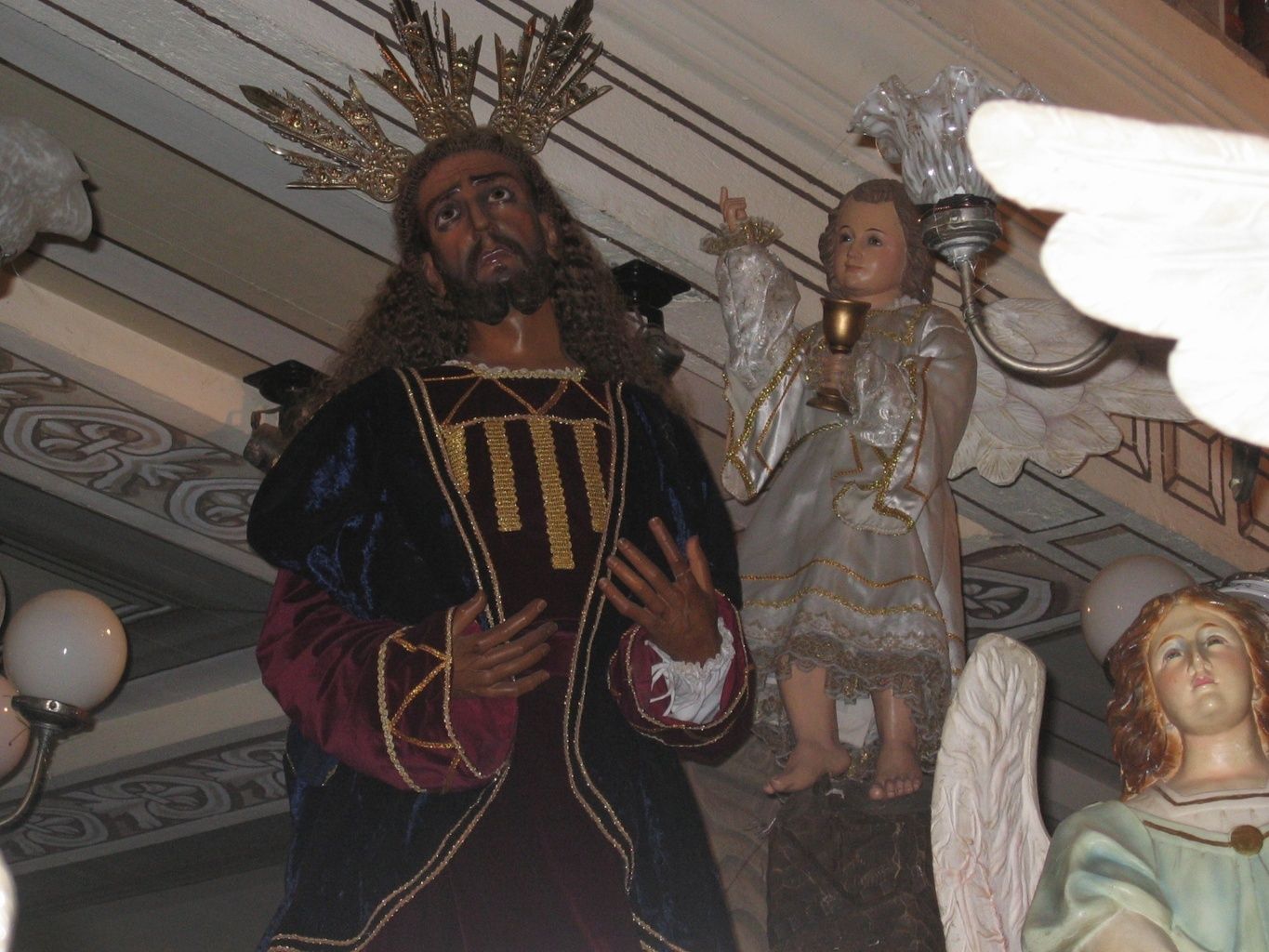



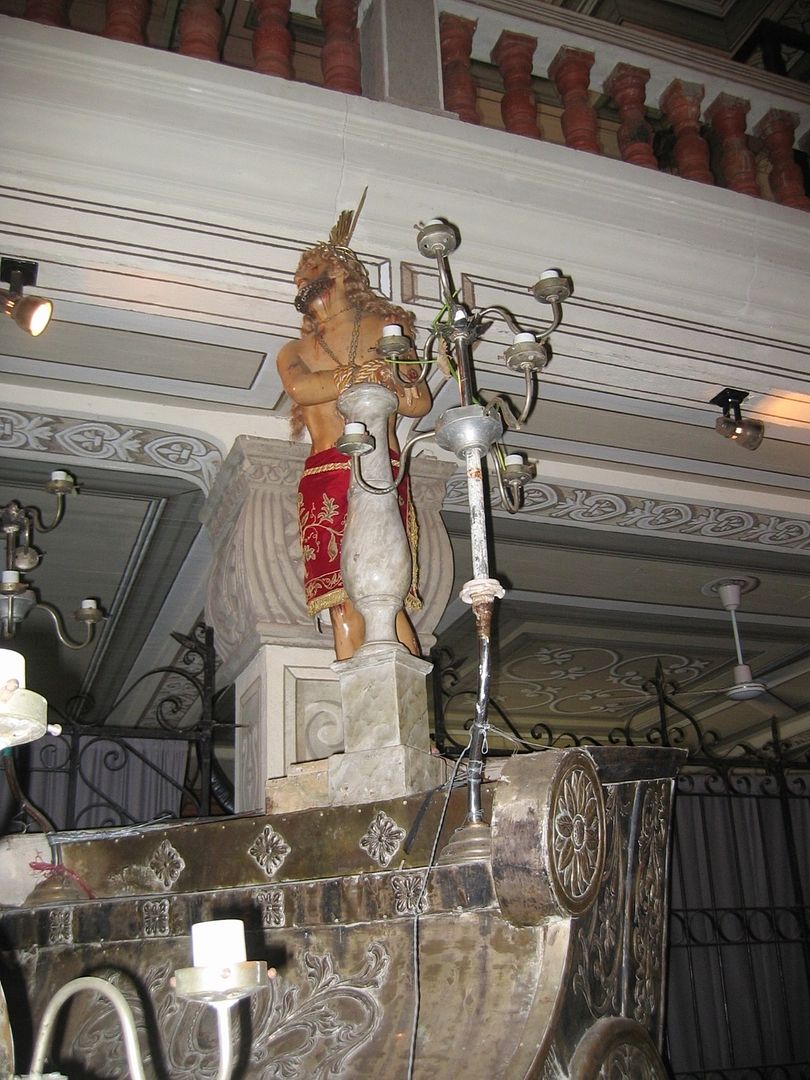

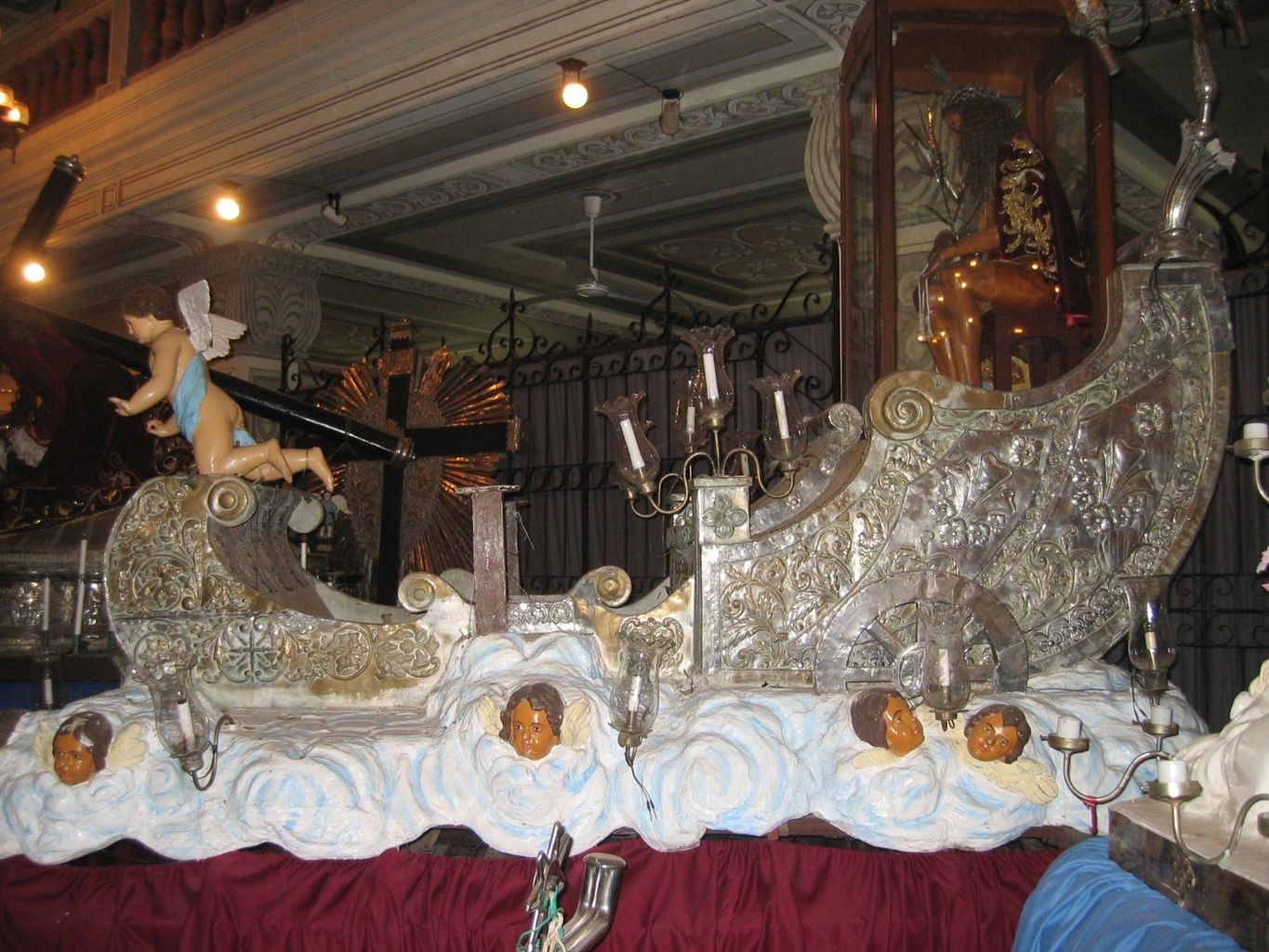
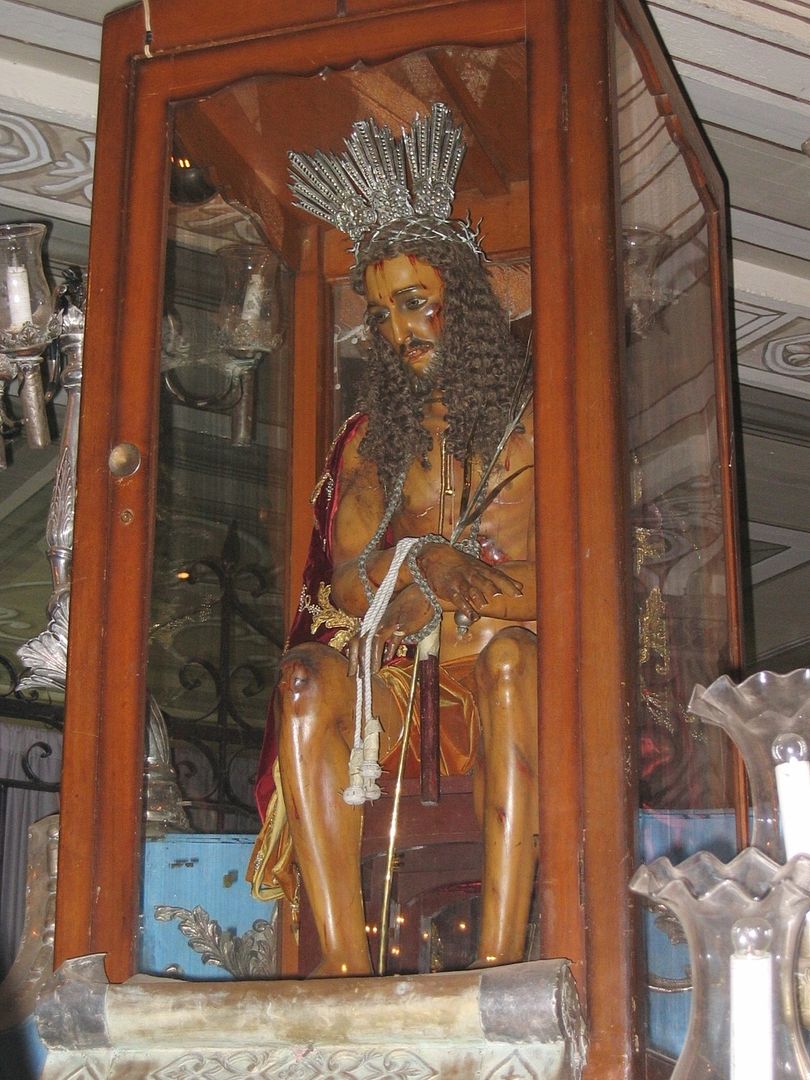


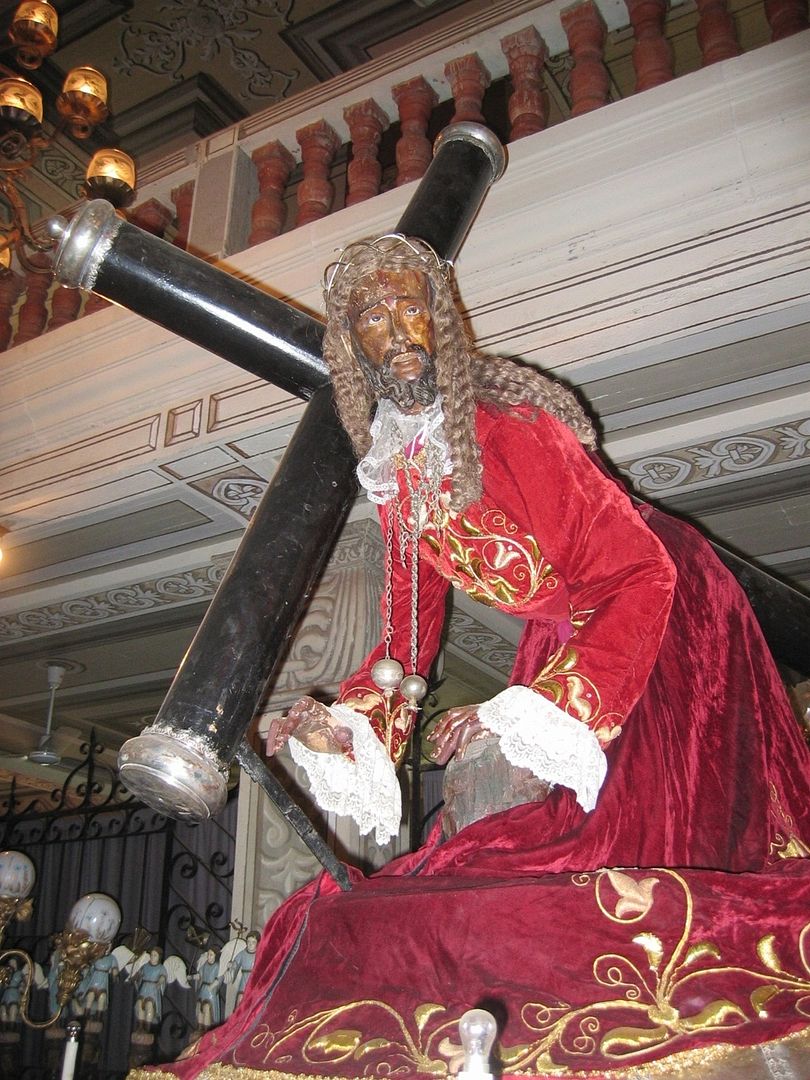
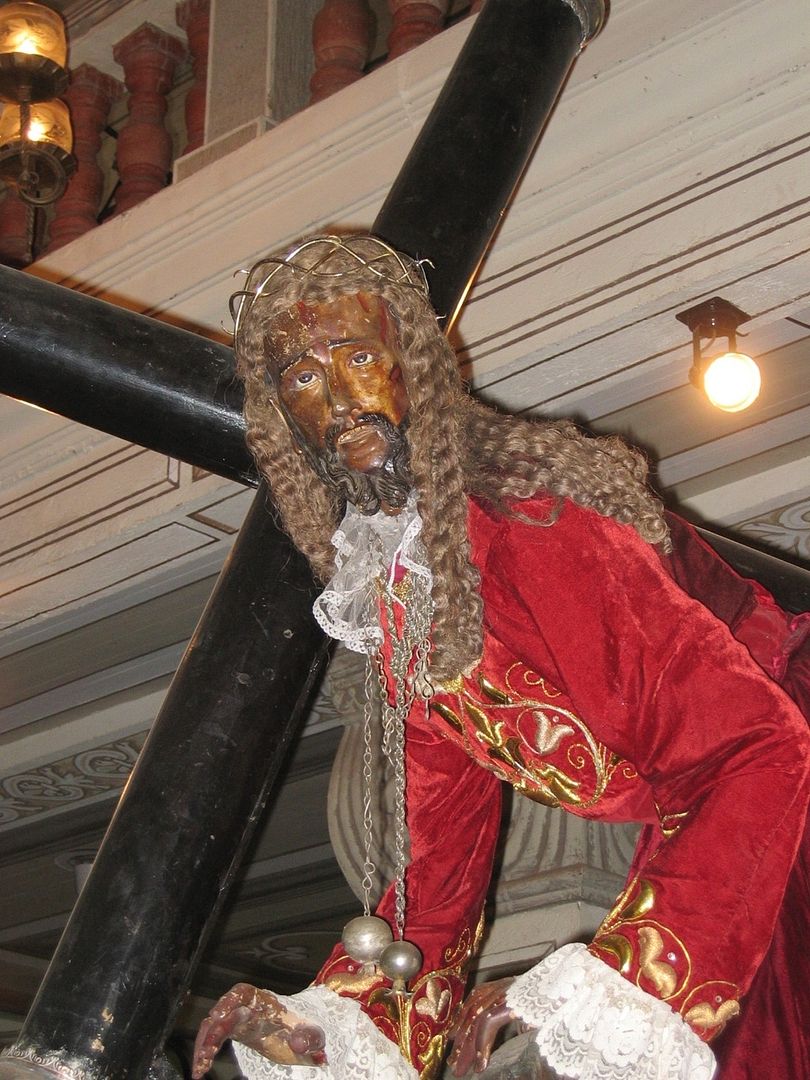
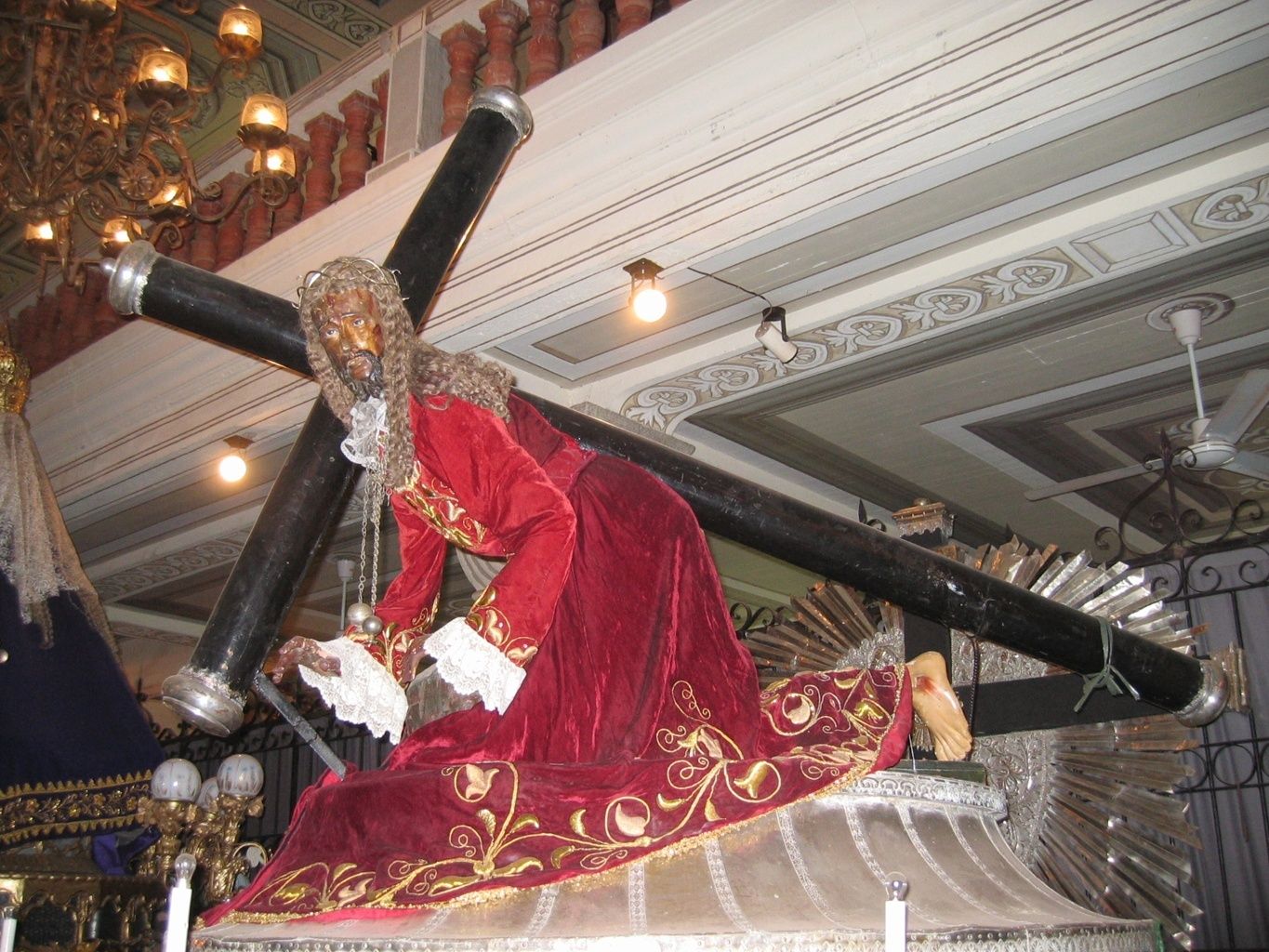
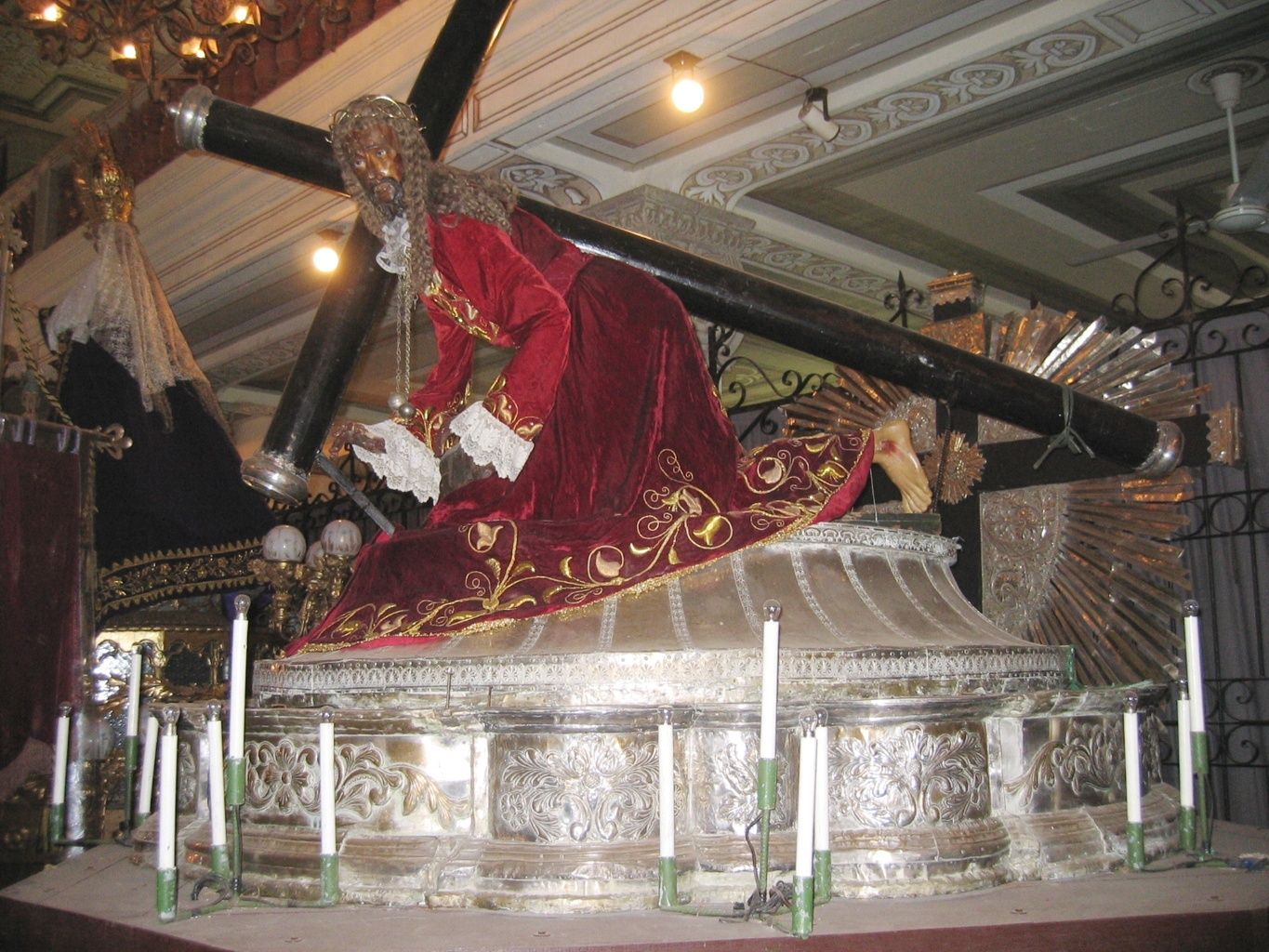



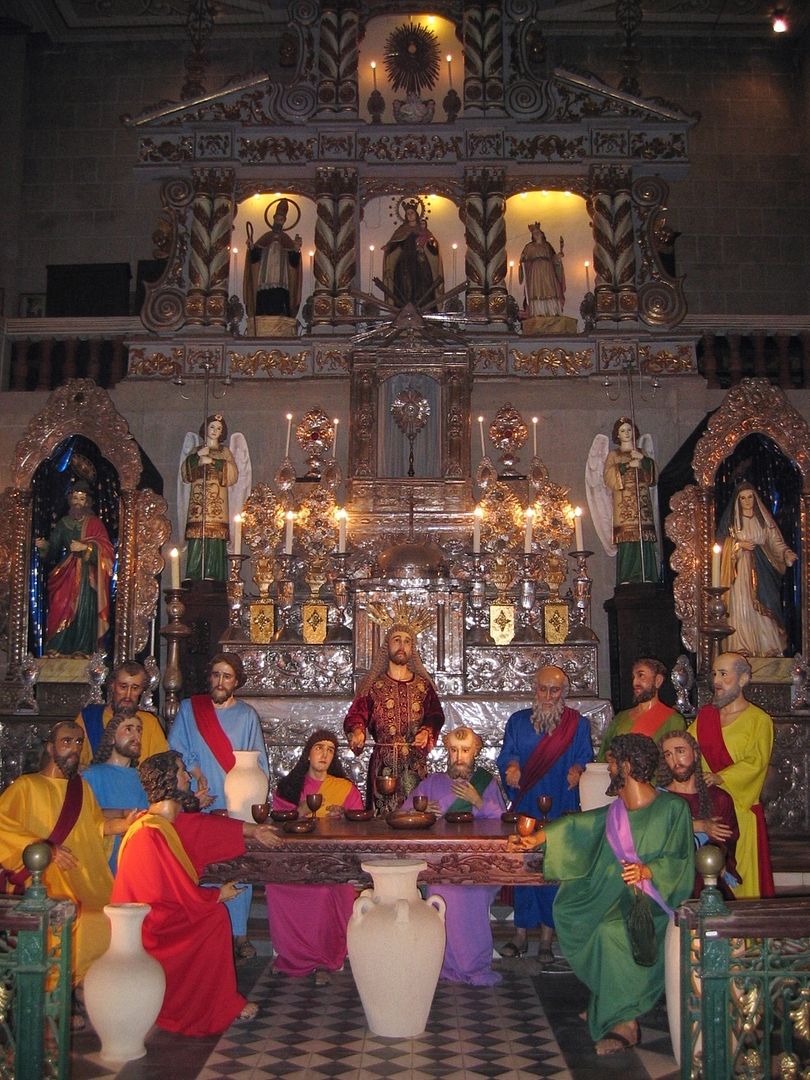
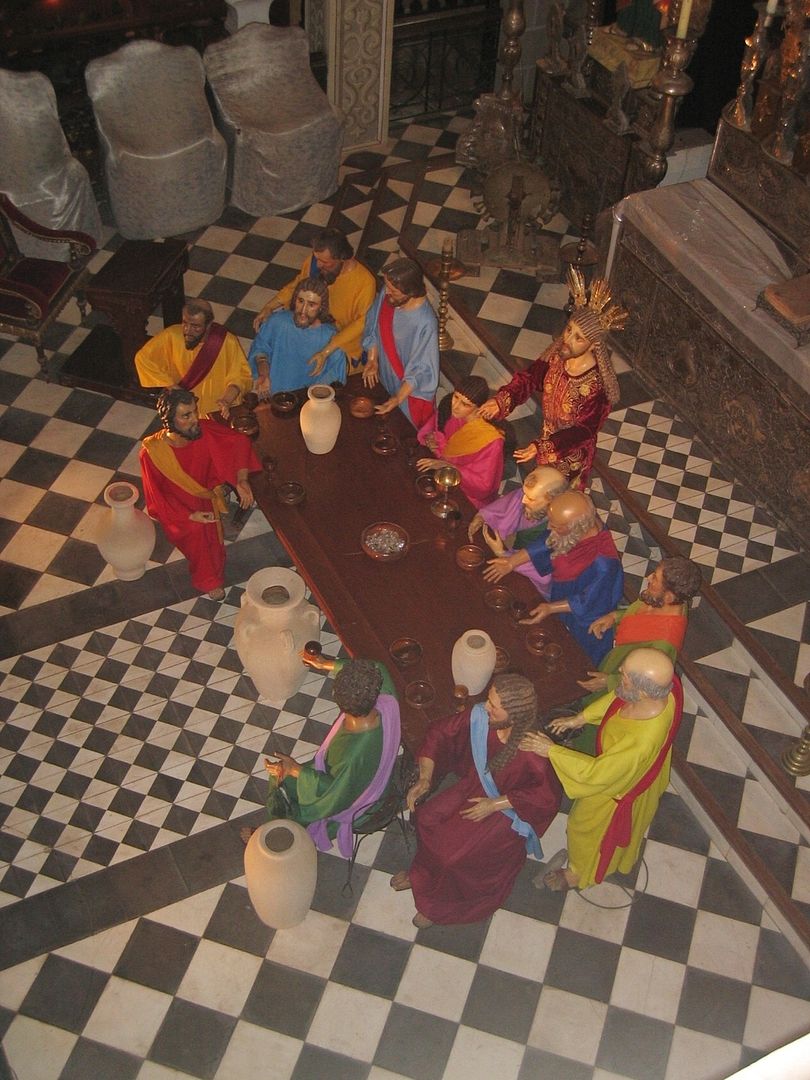
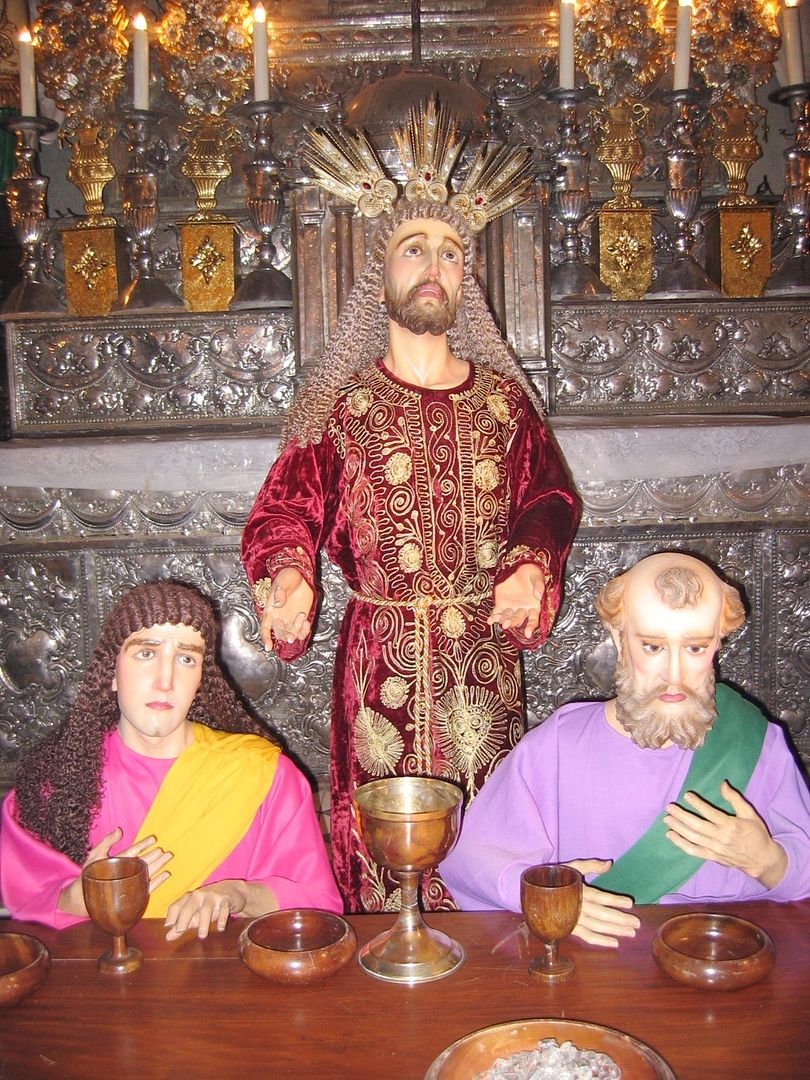

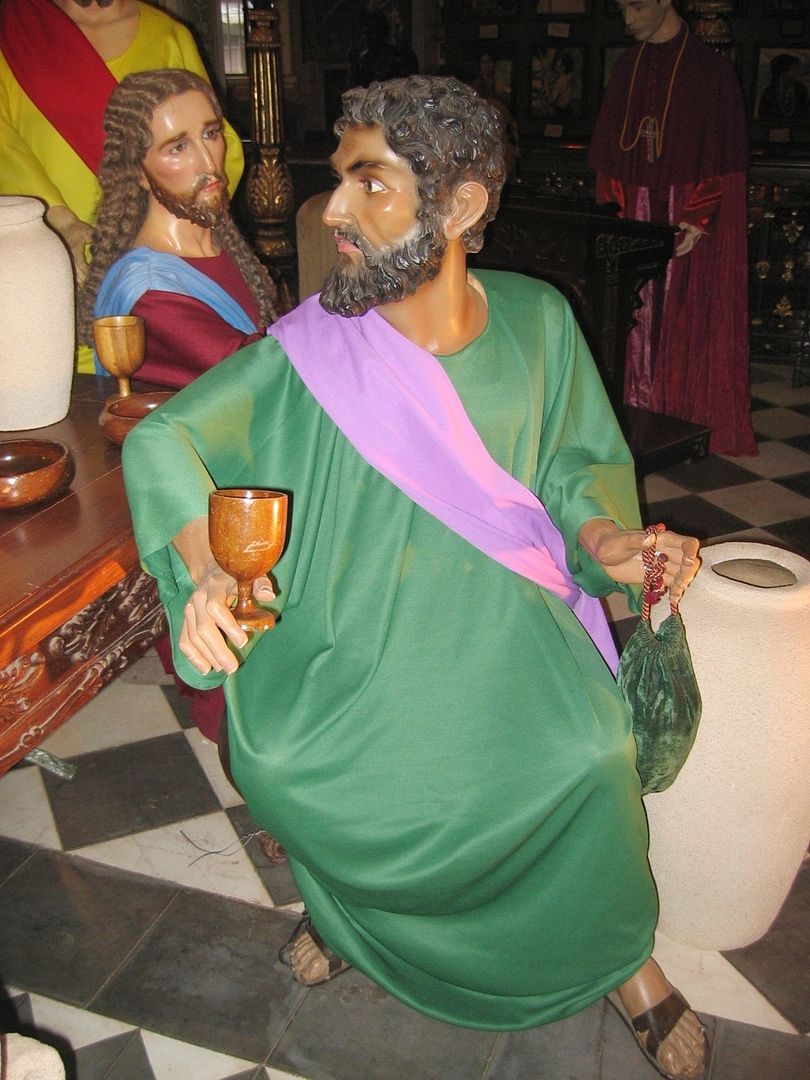
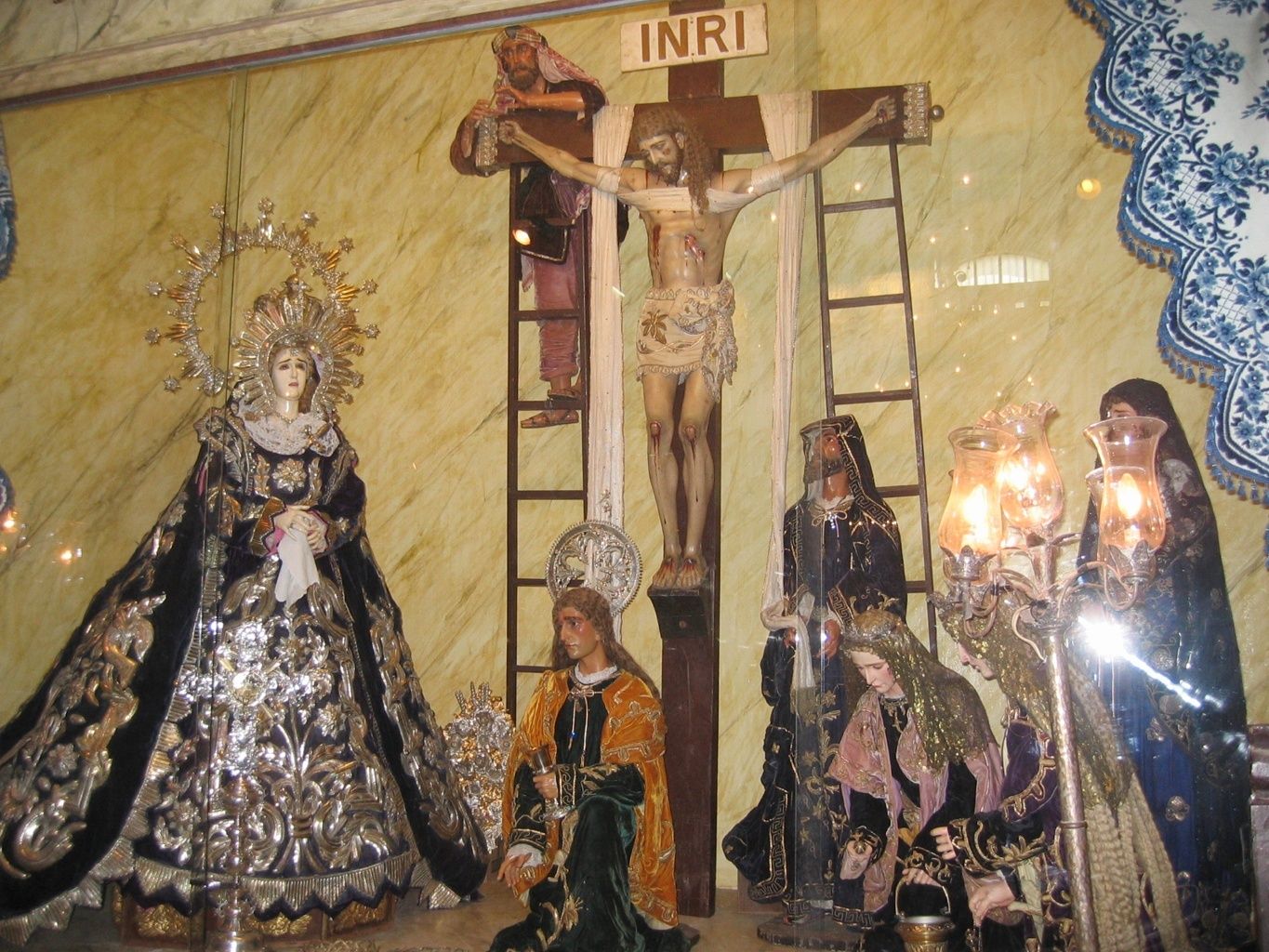

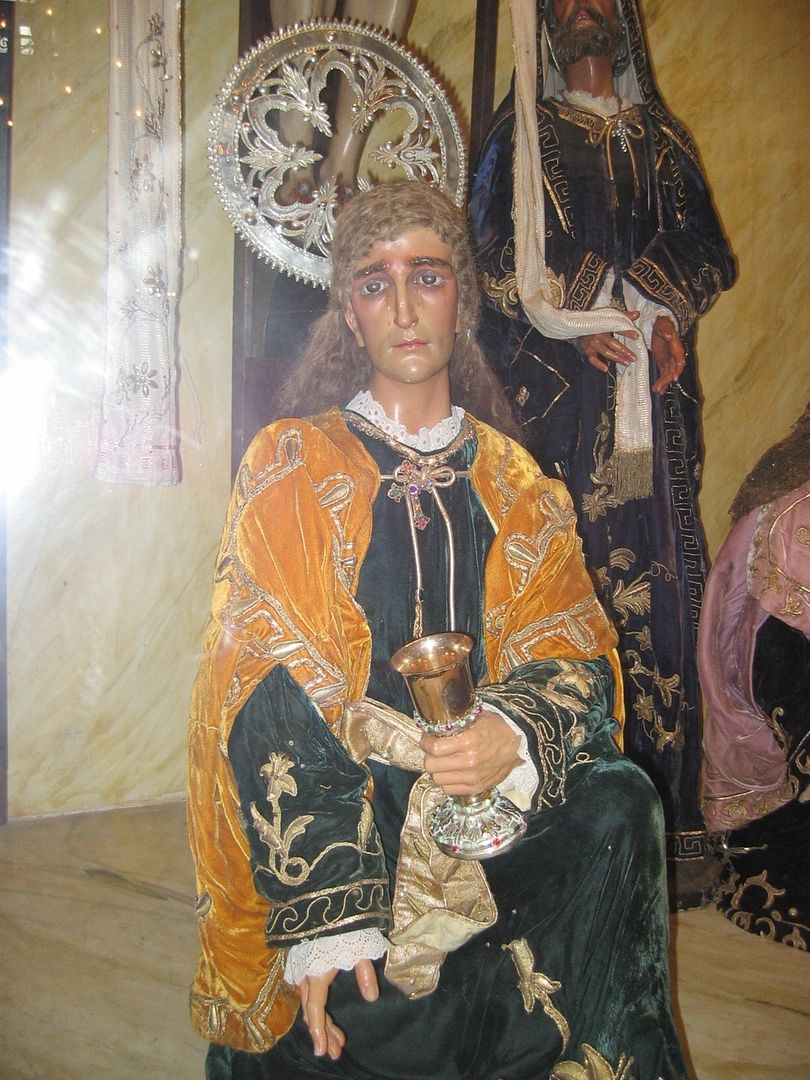
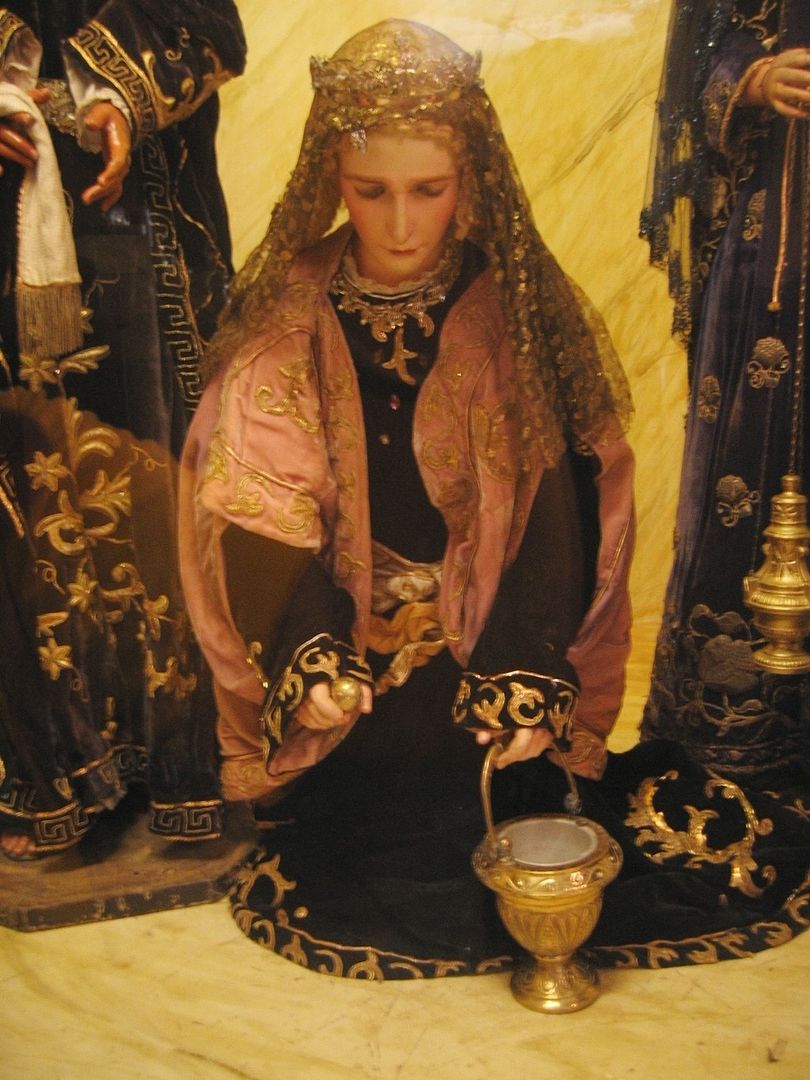

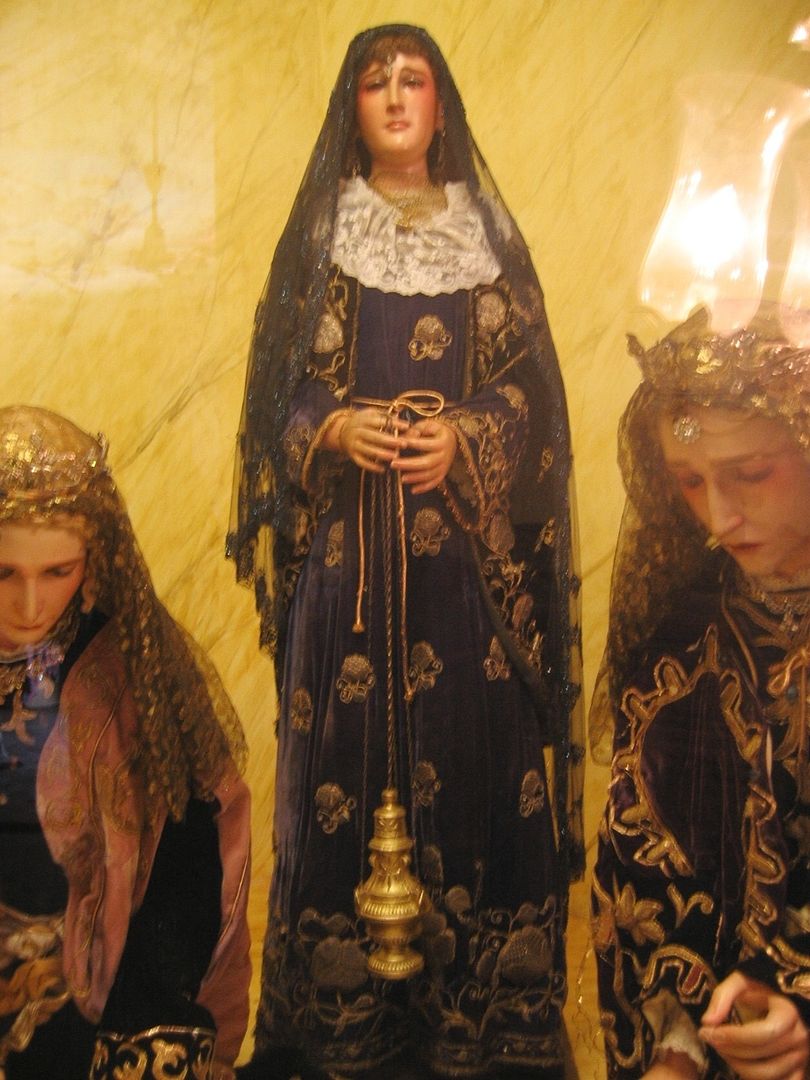
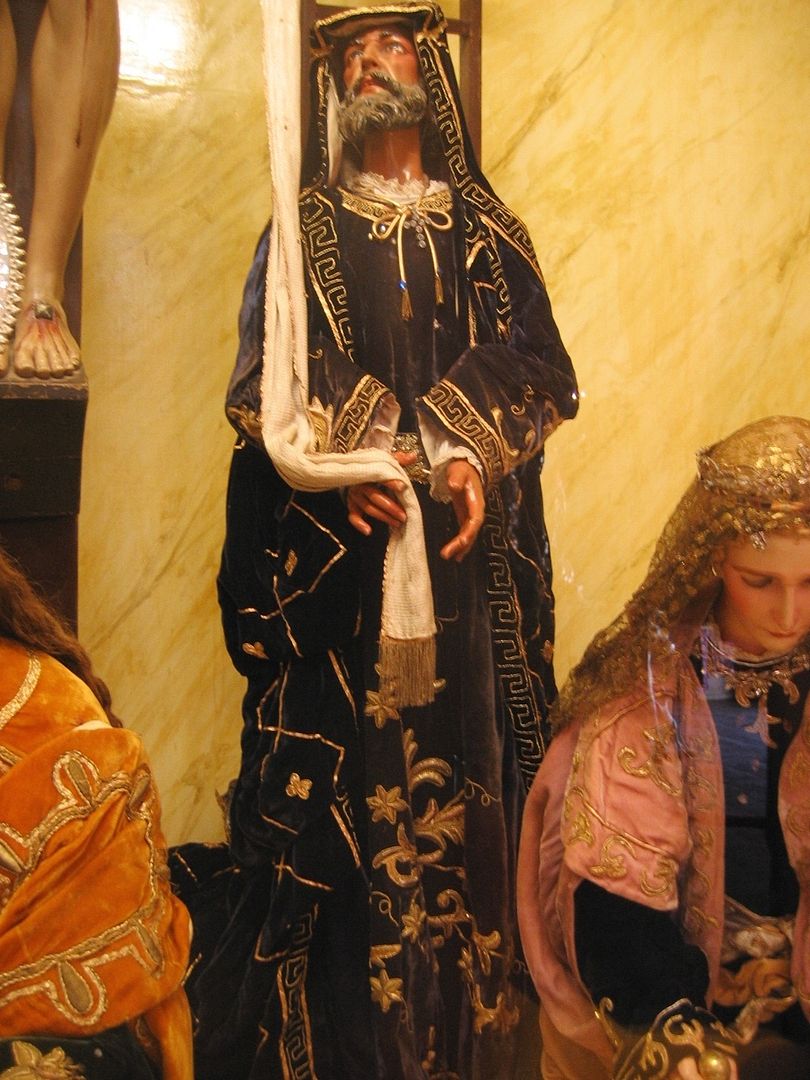
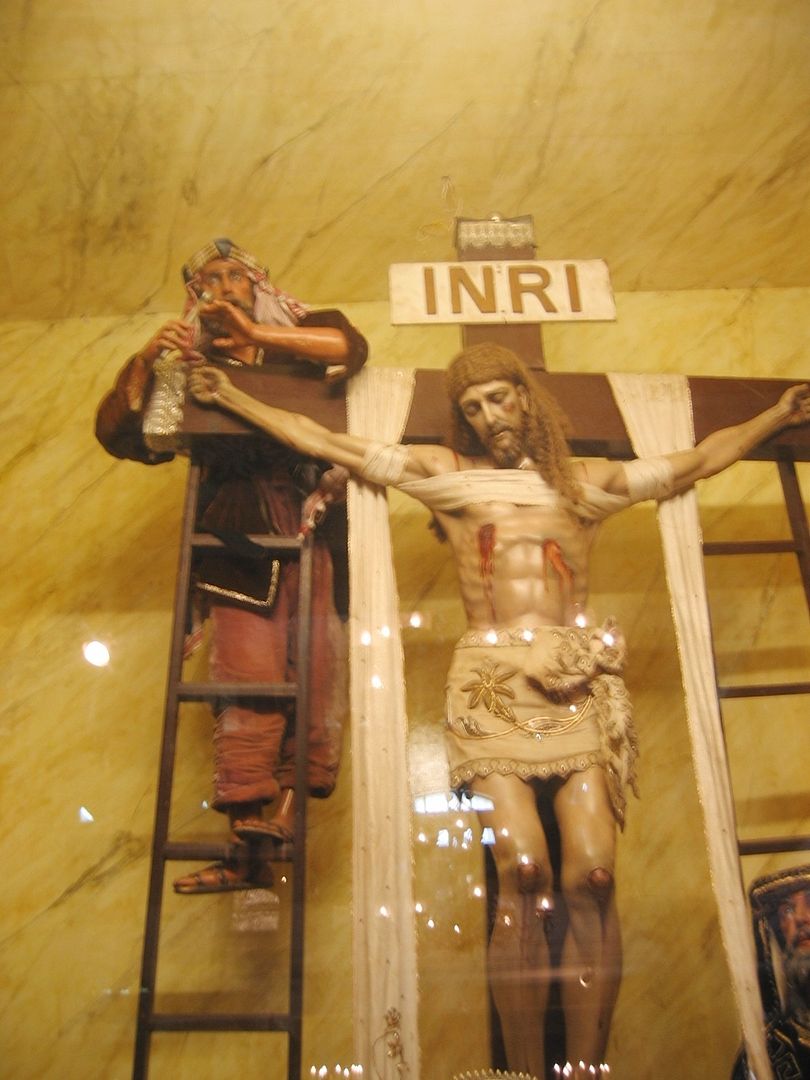

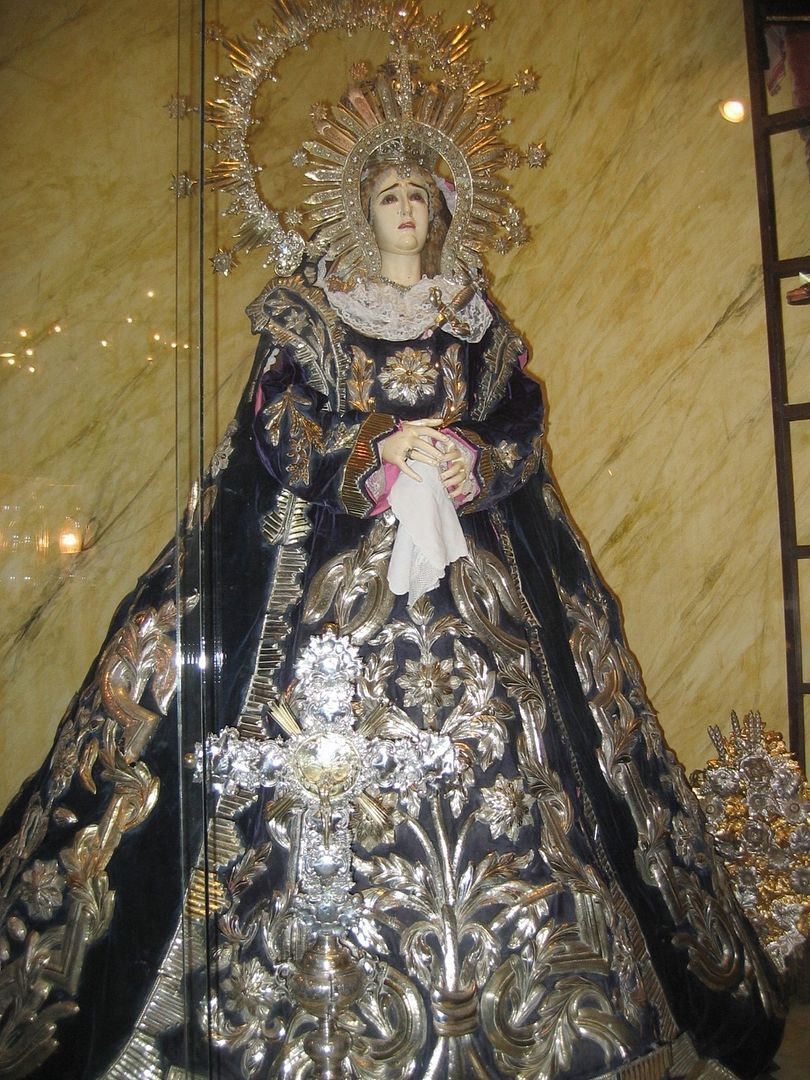
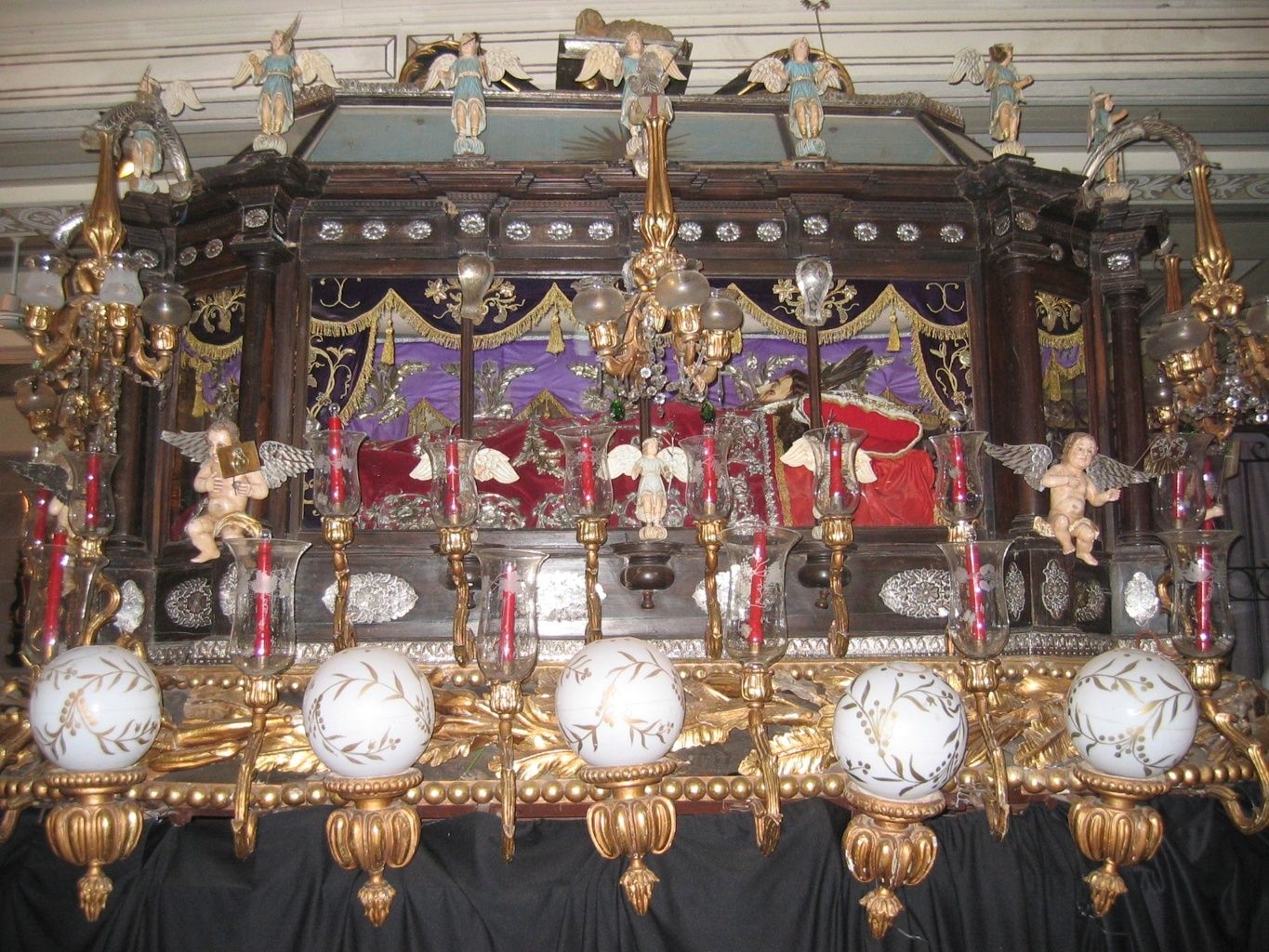
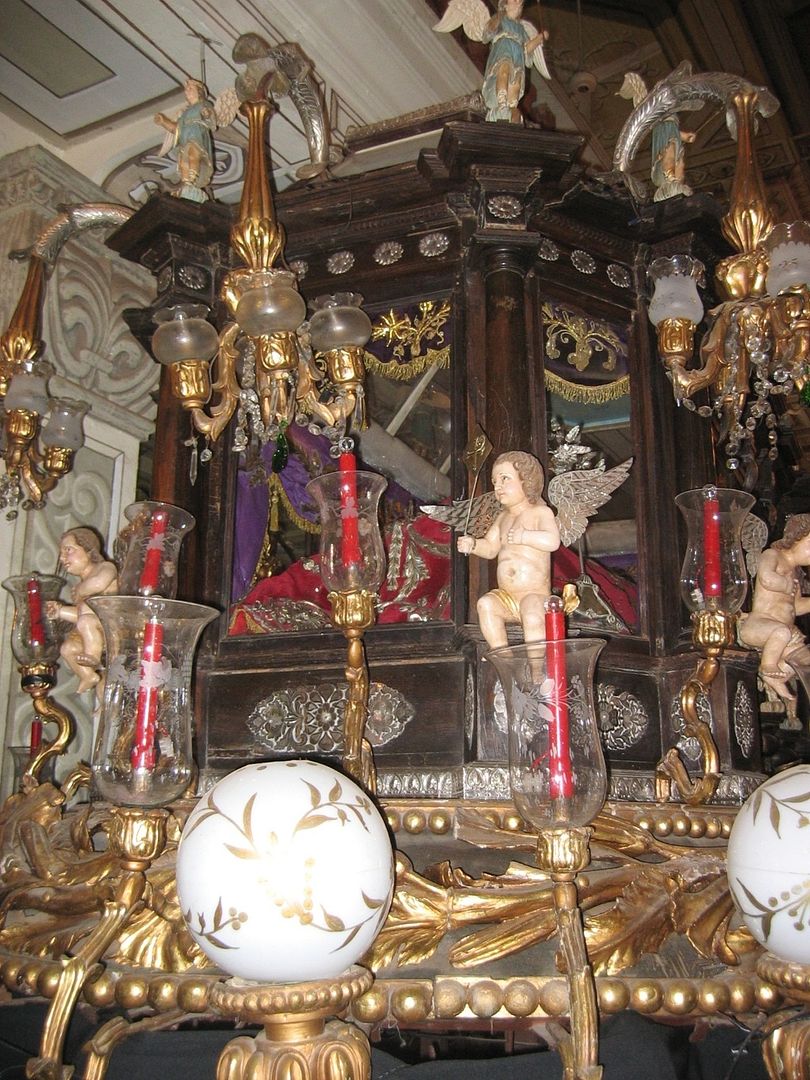



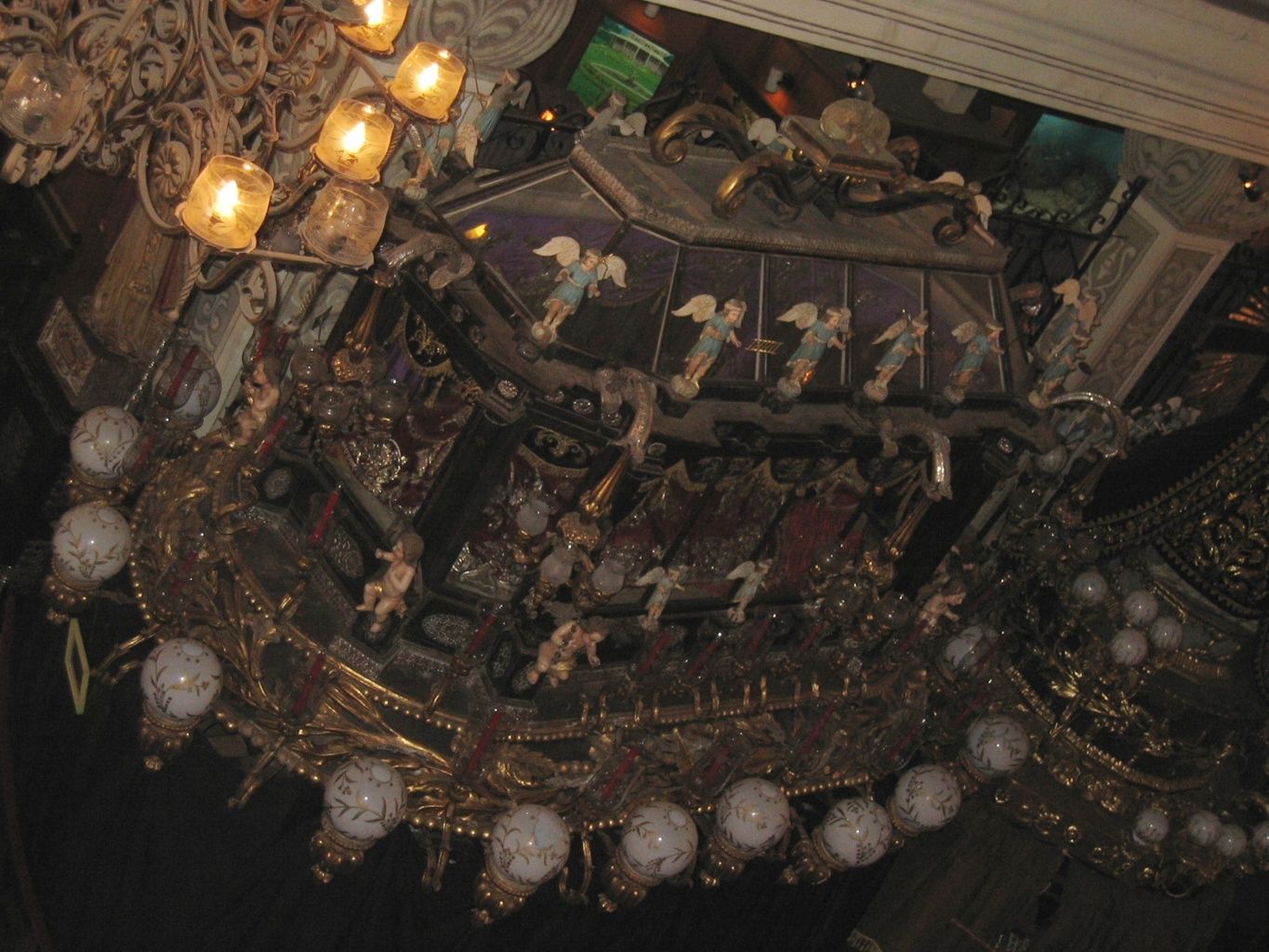
No comments:
Post a Comment